Paris-Roubaix reconnaissance ride – Gallery
Cyclingnews captures the unique atmosphere at Carrefour de l'Arbre sector of pave
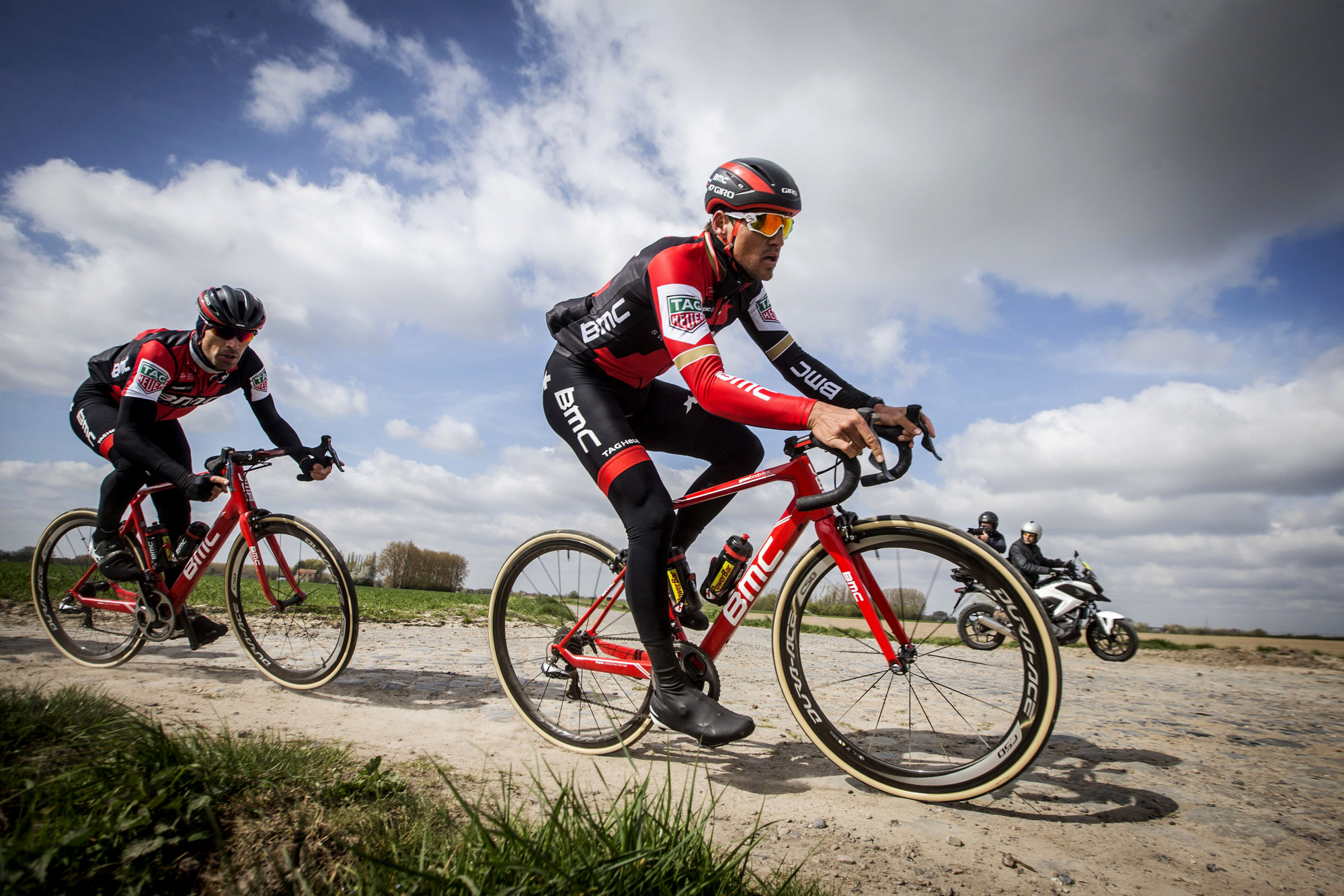
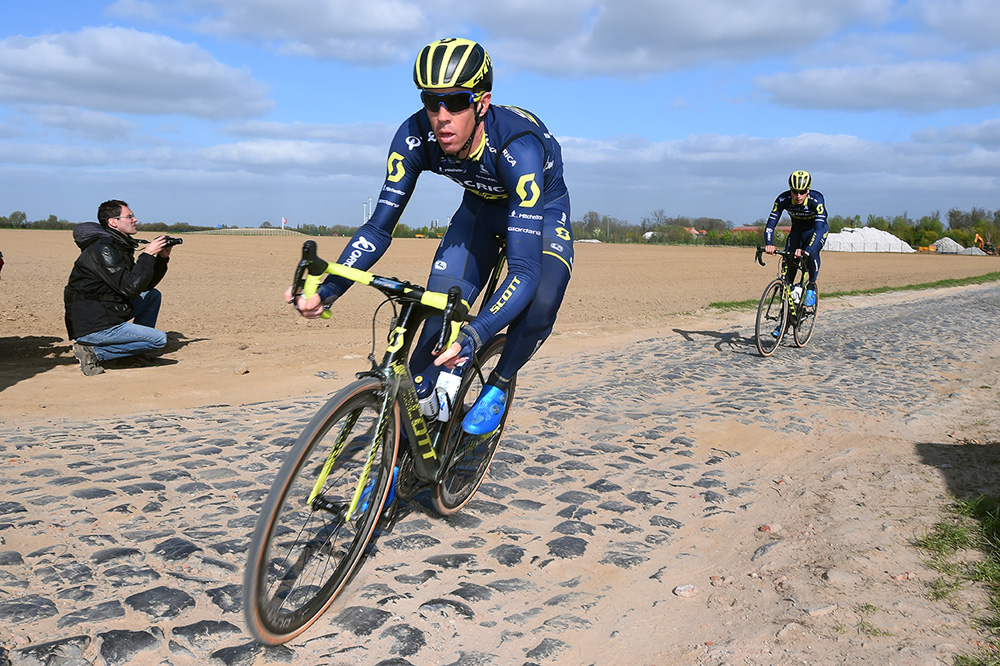
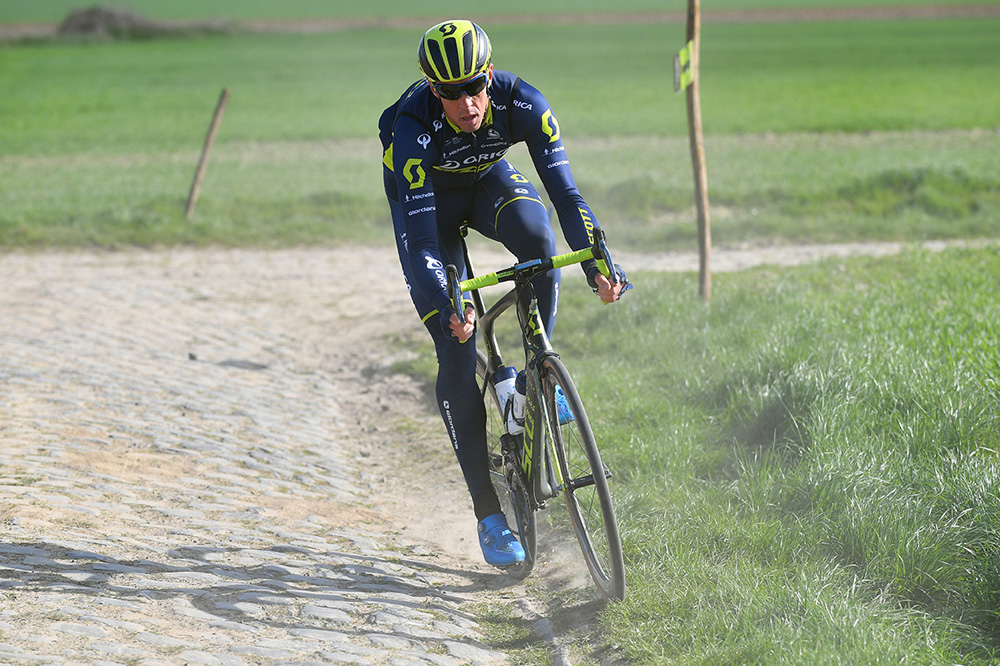
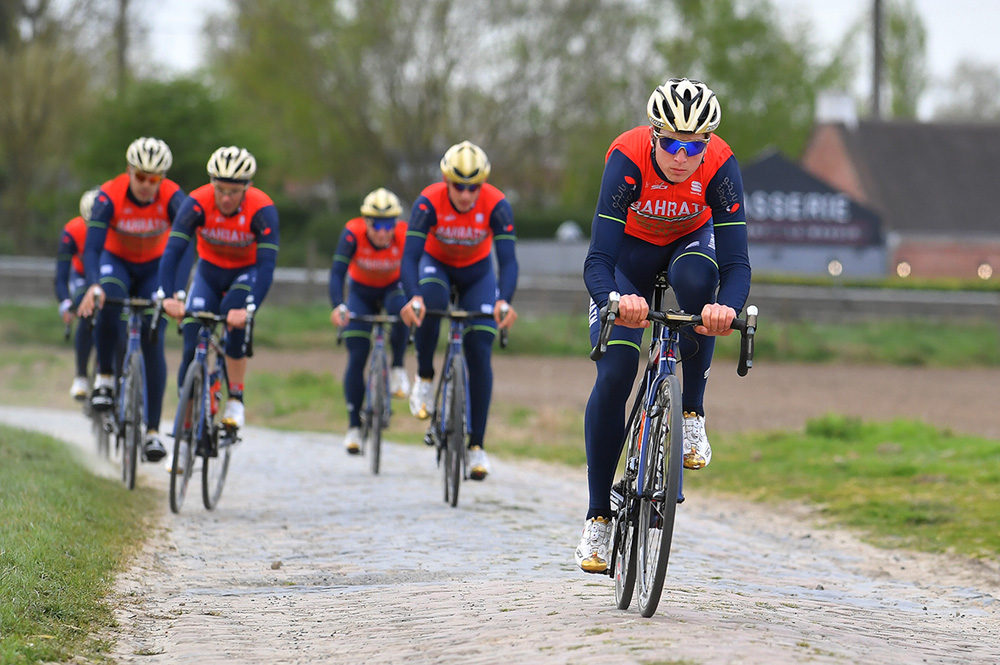
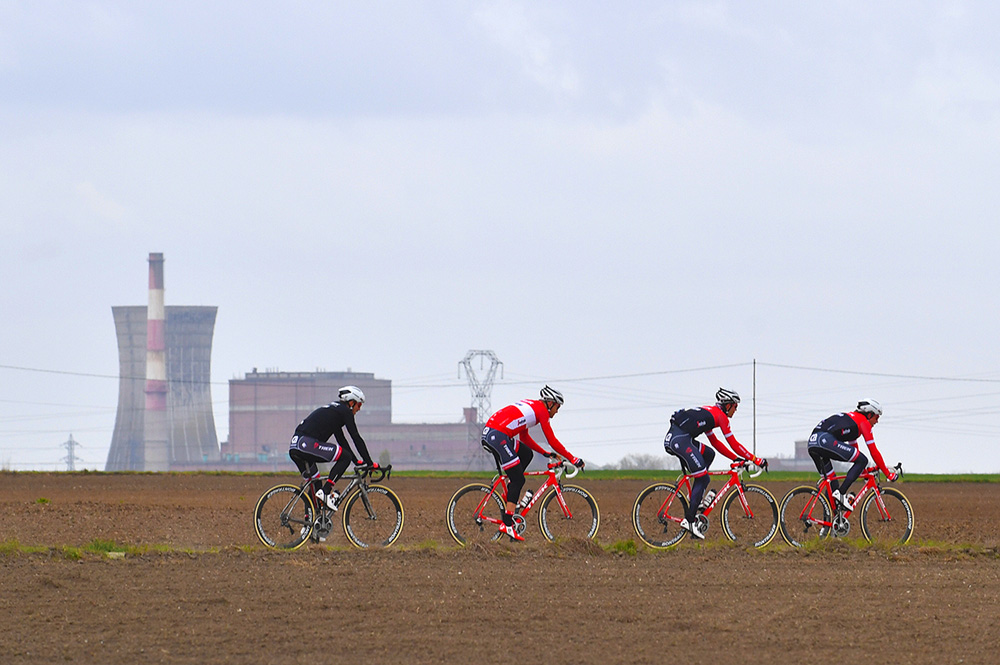
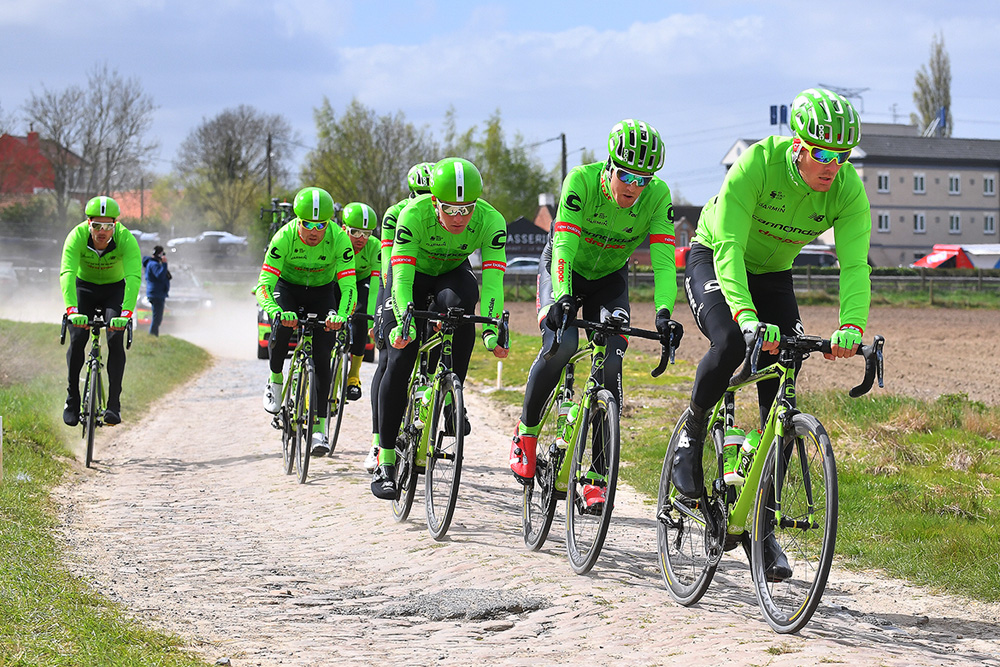
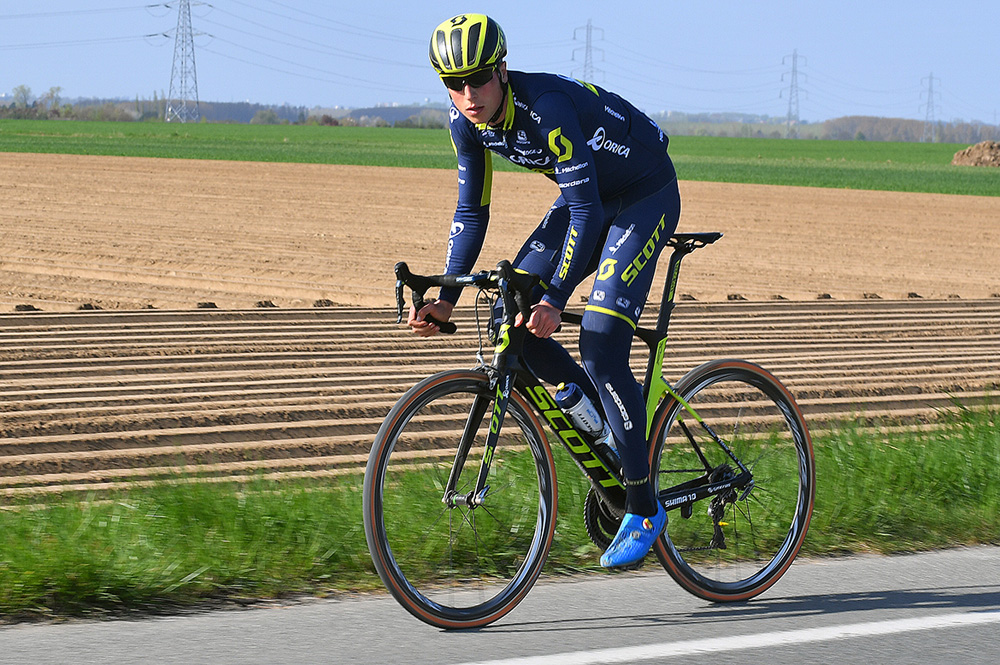
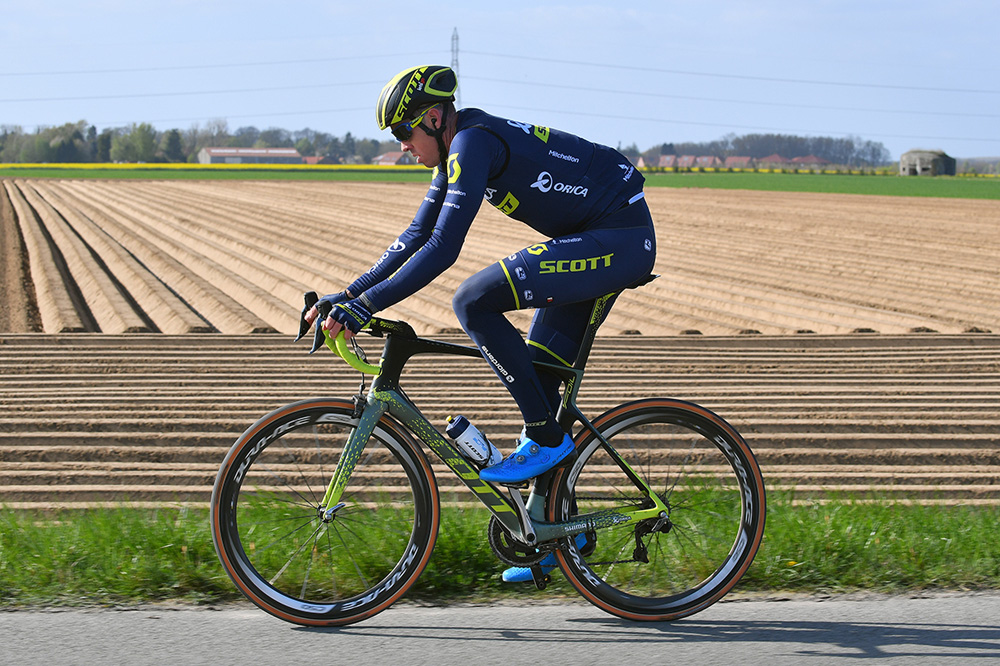
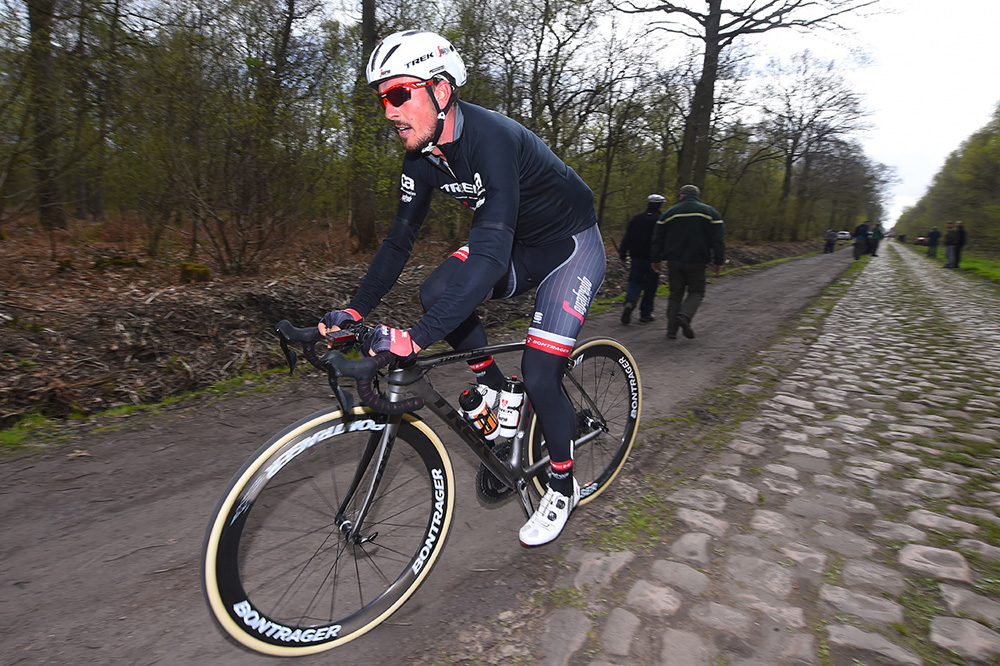
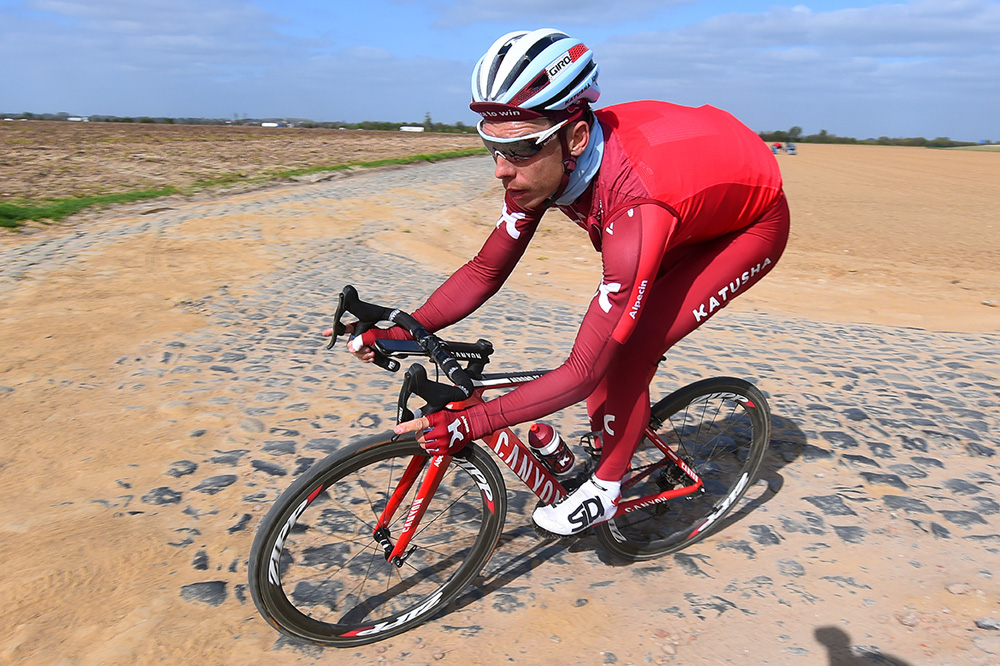
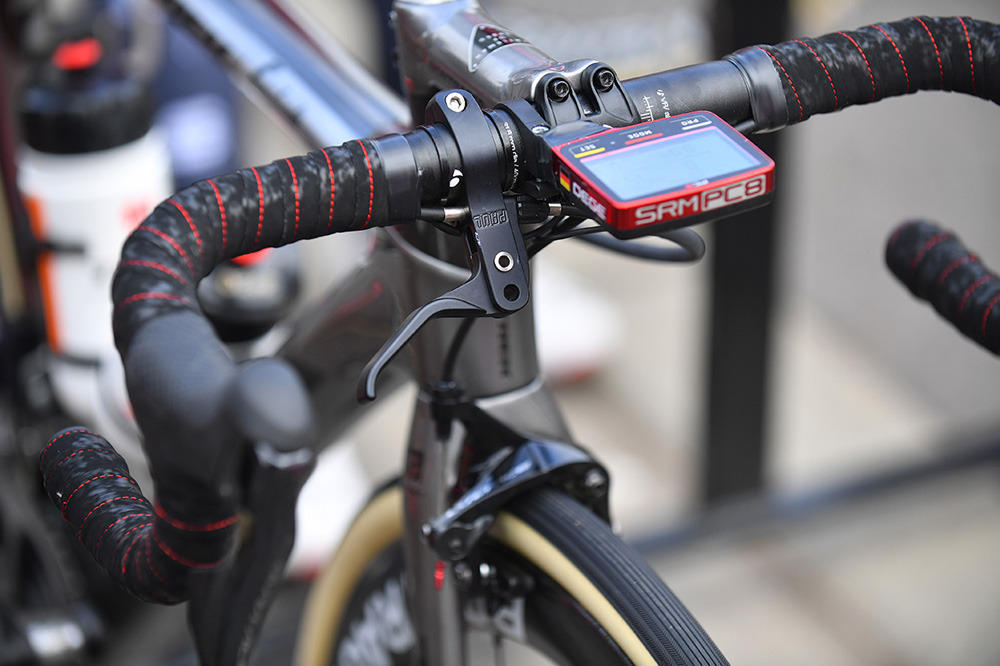
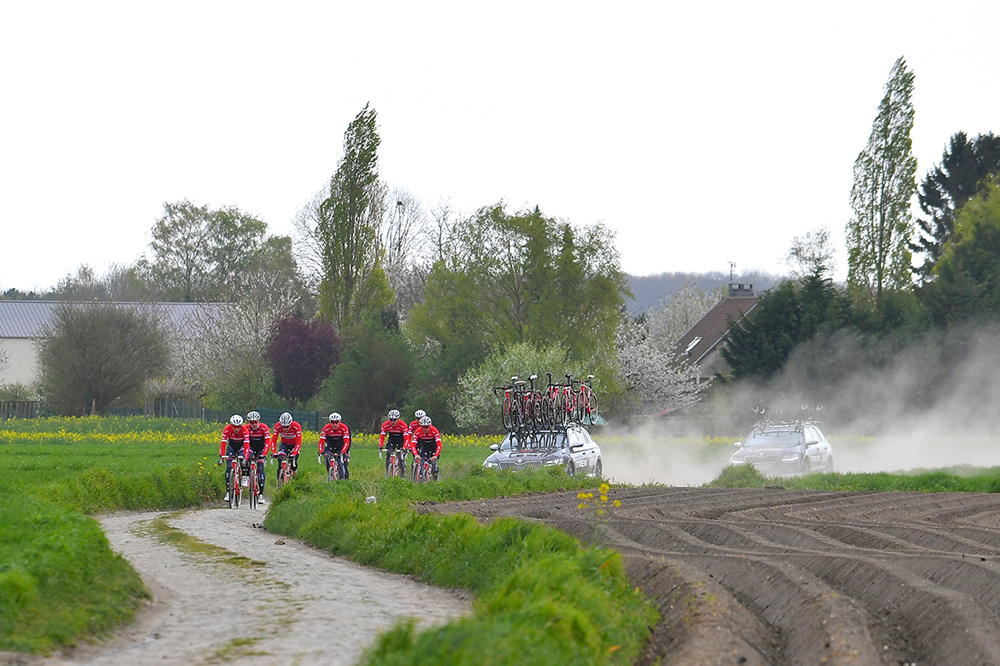
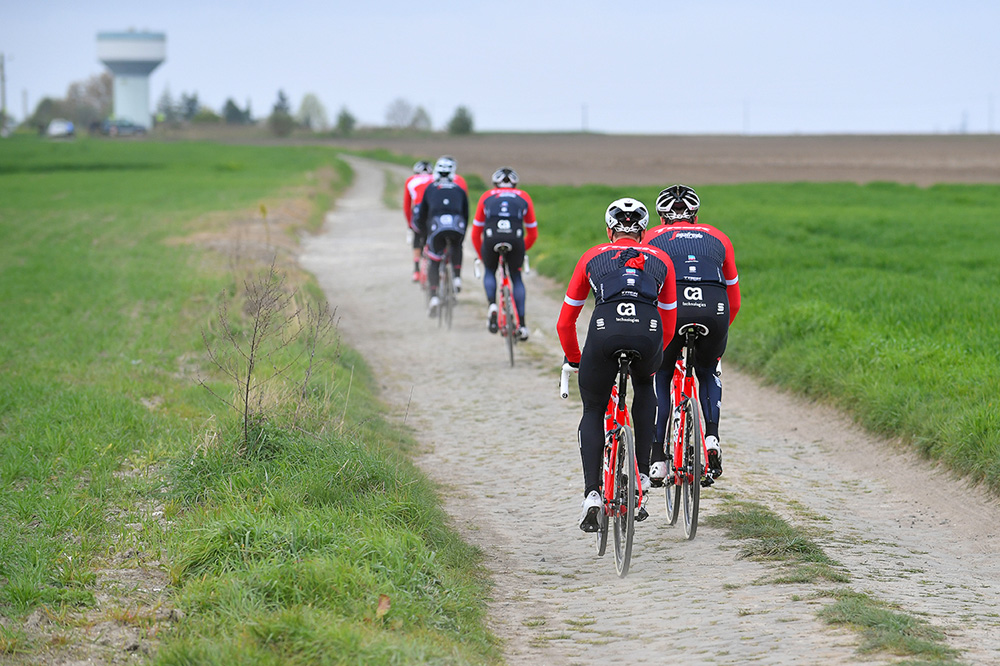
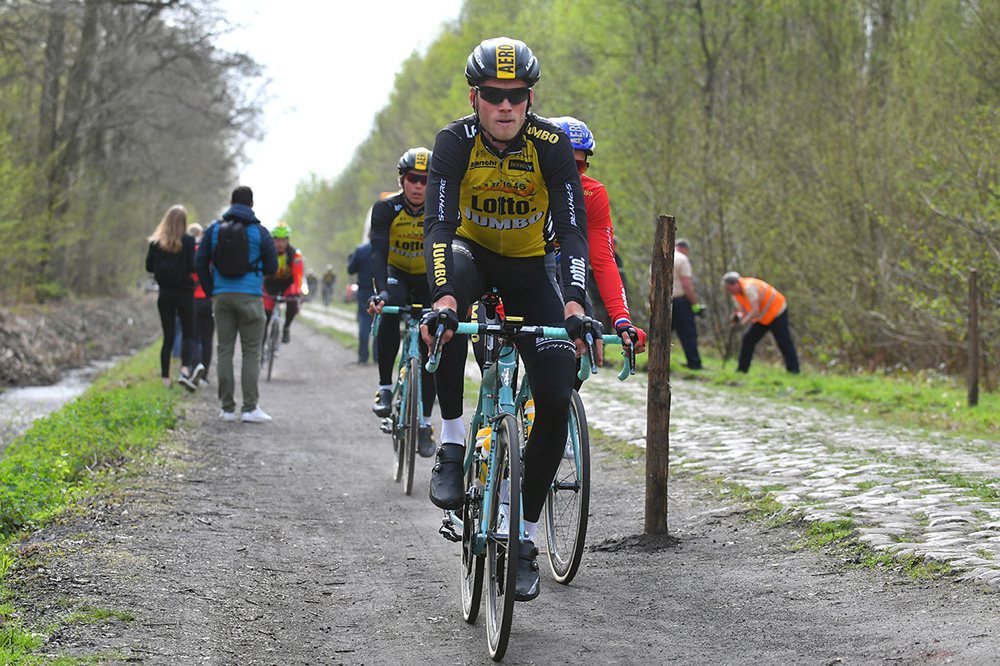
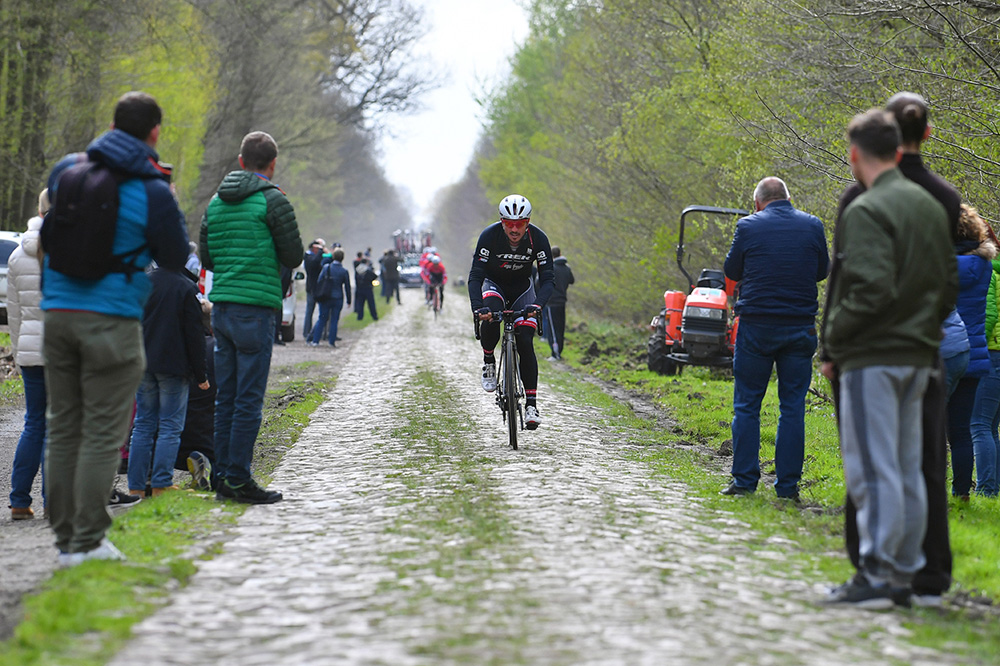
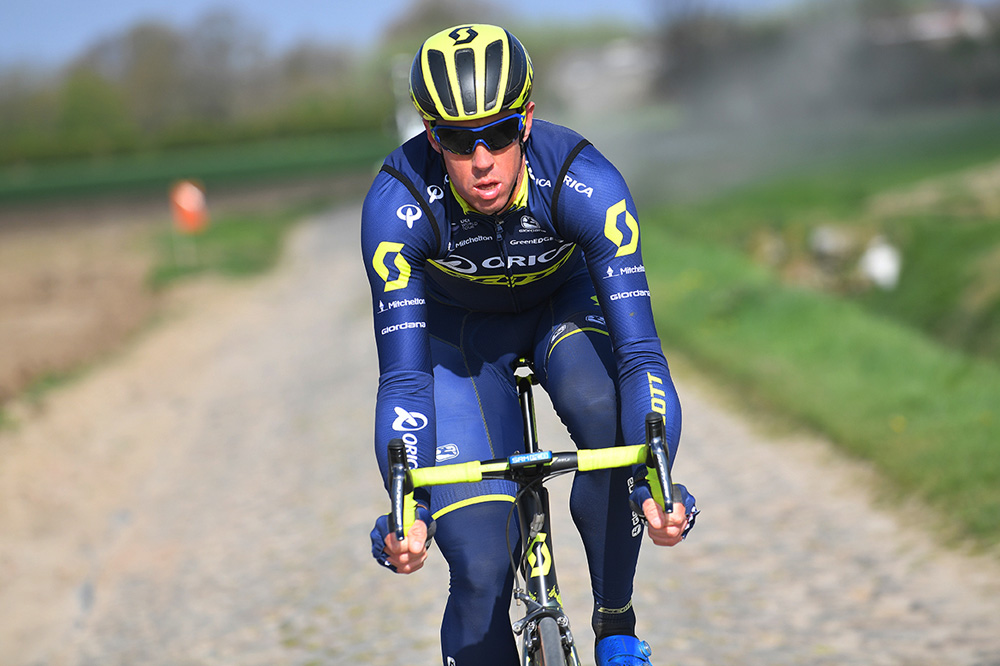
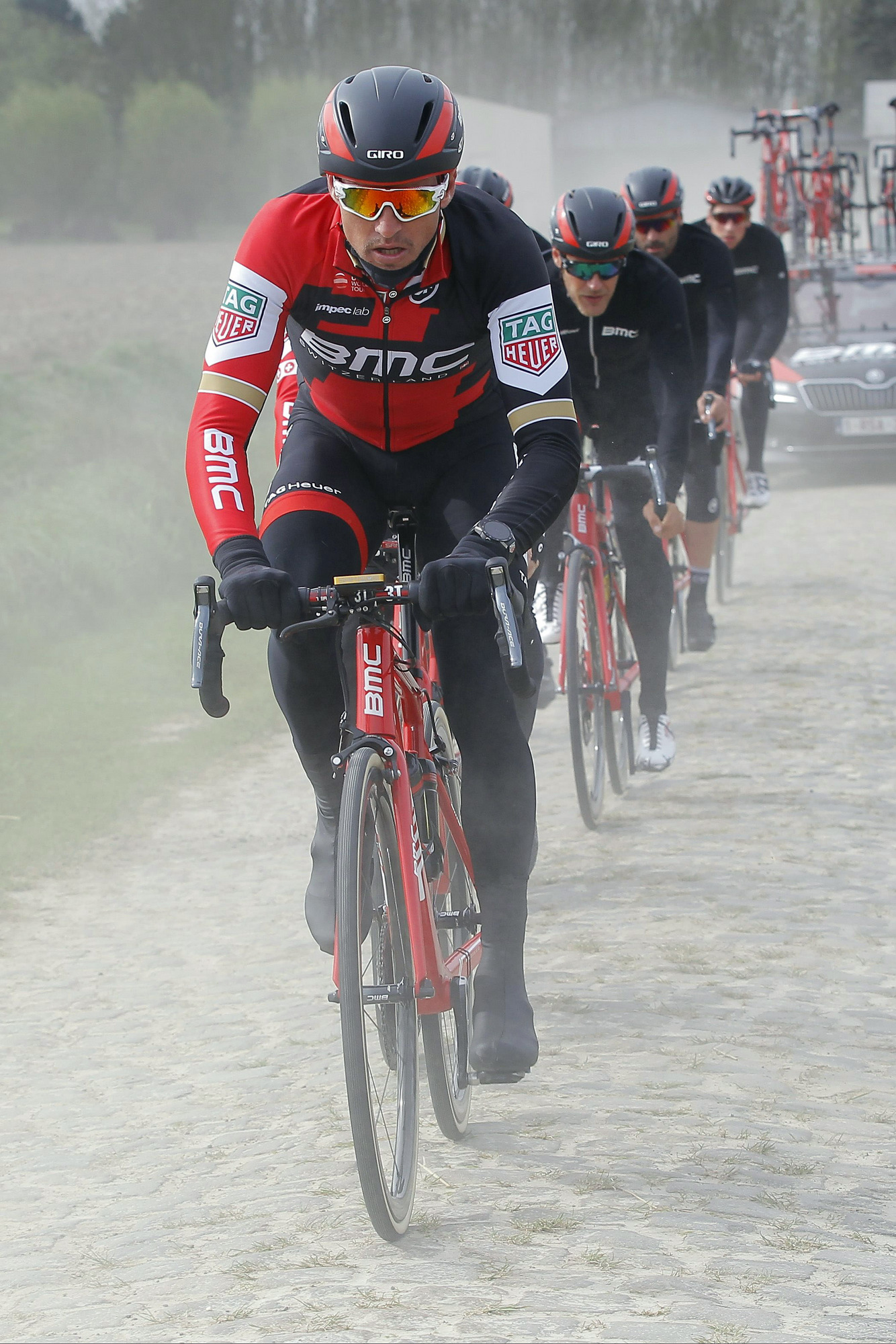
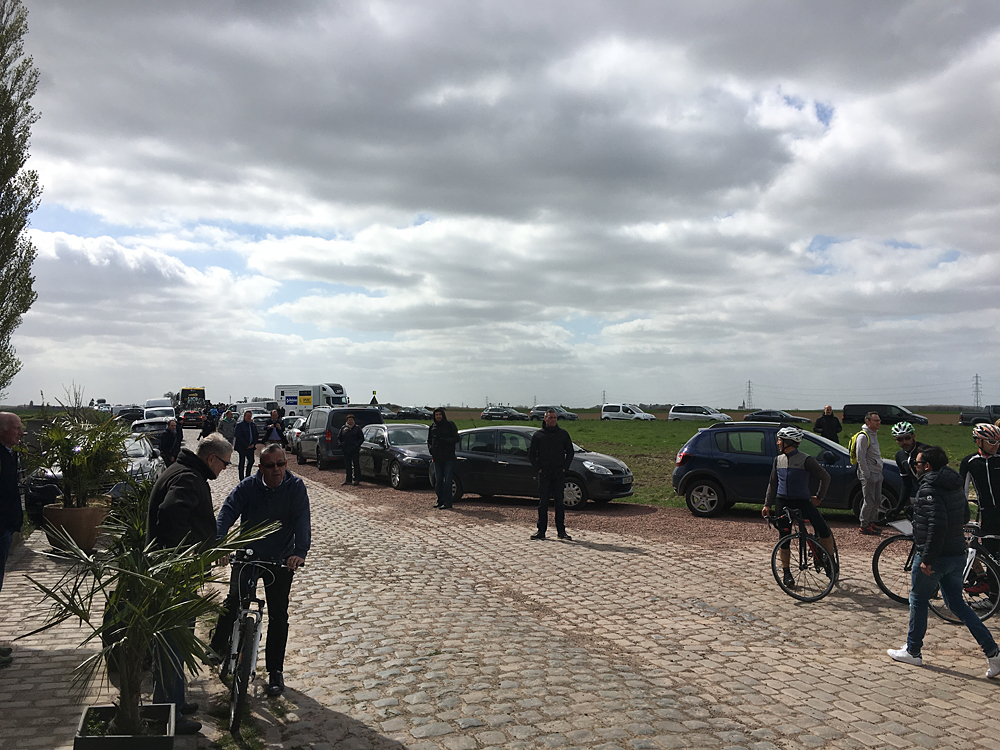
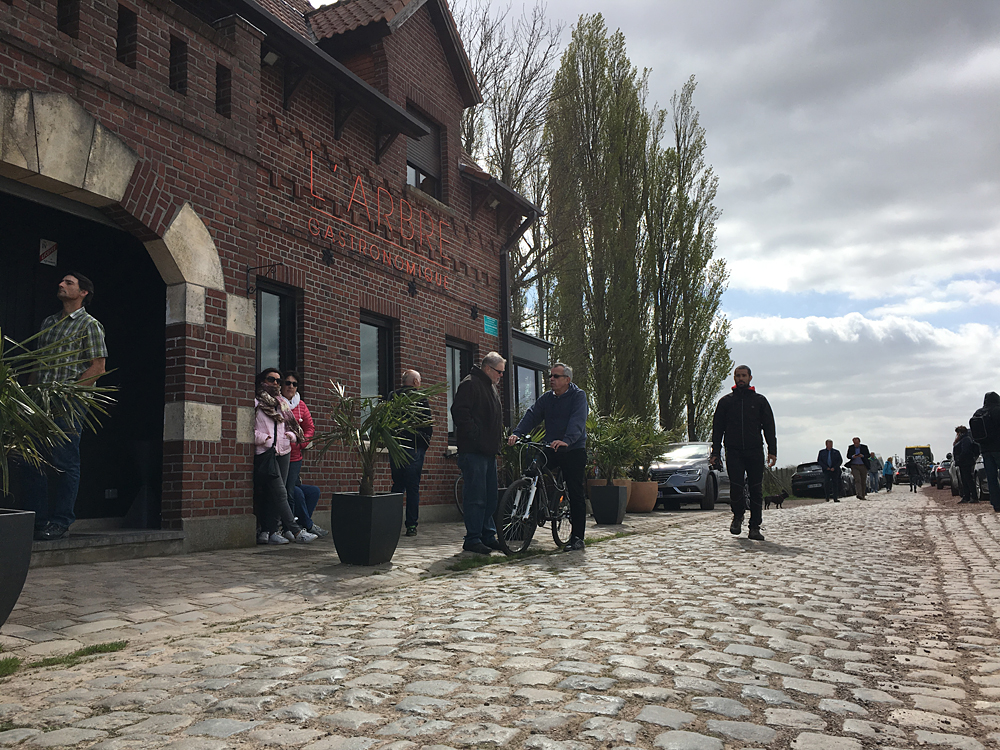
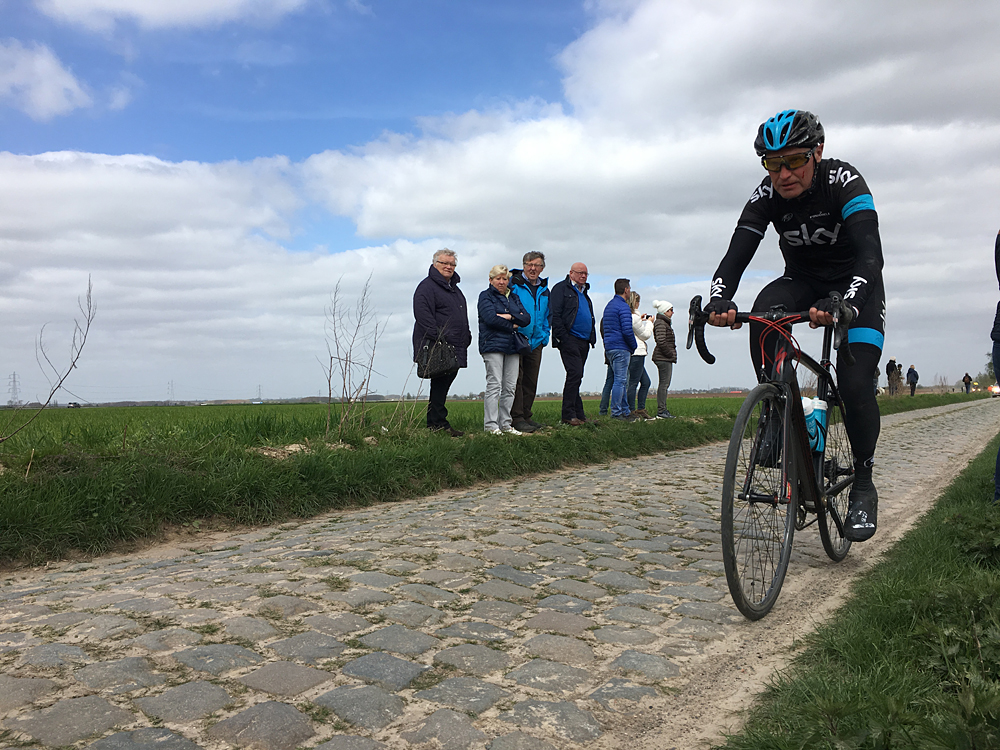
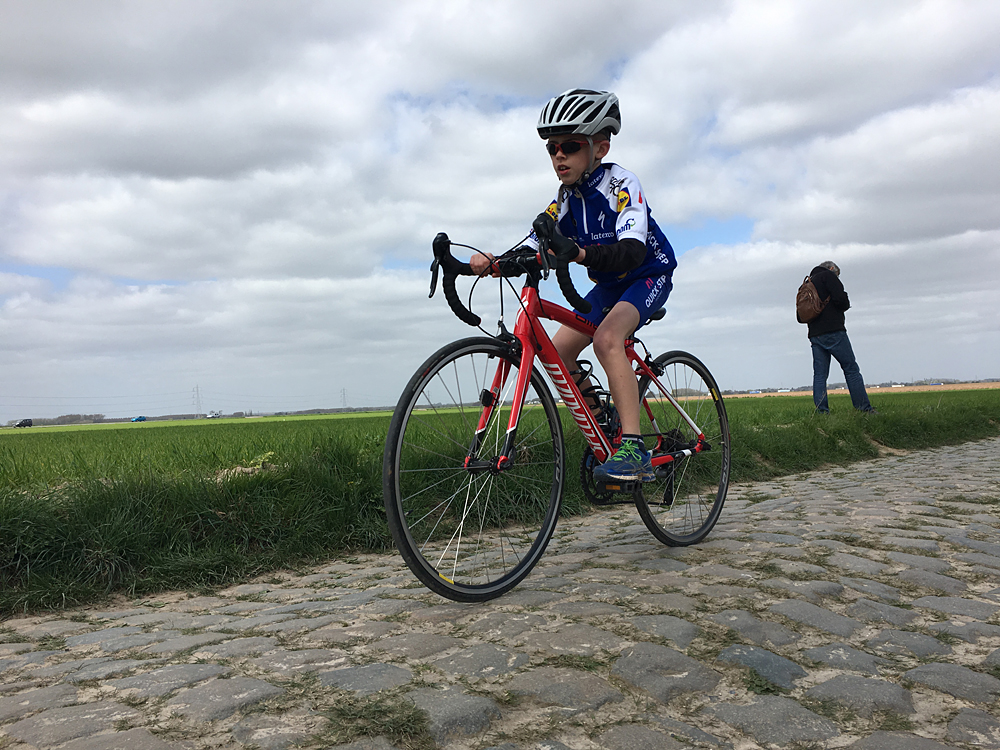
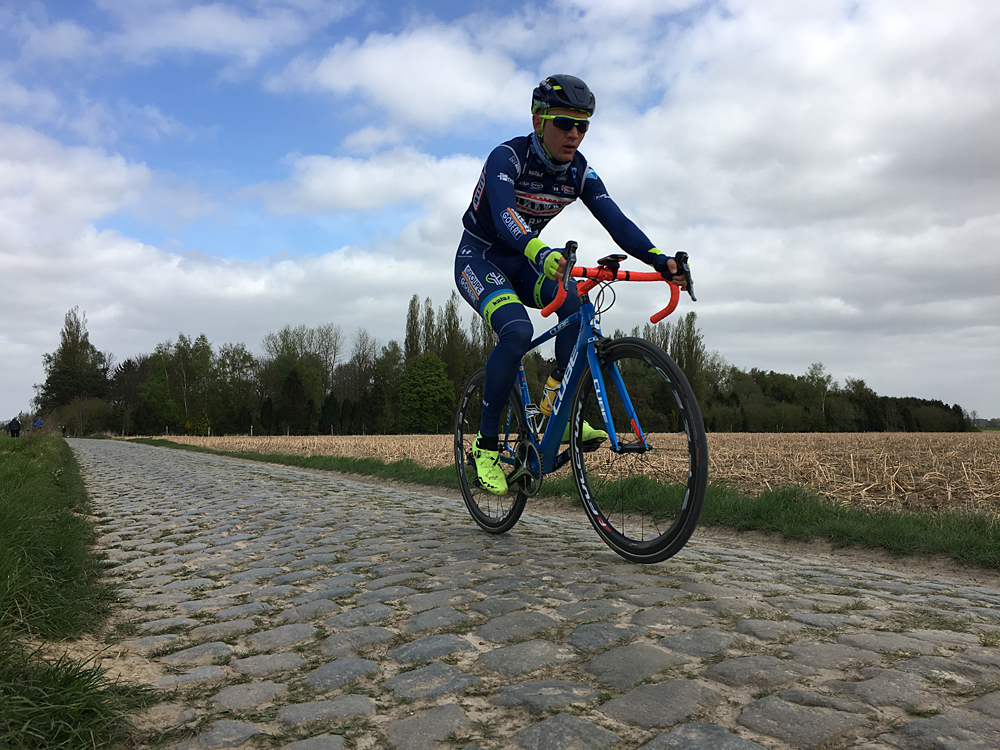
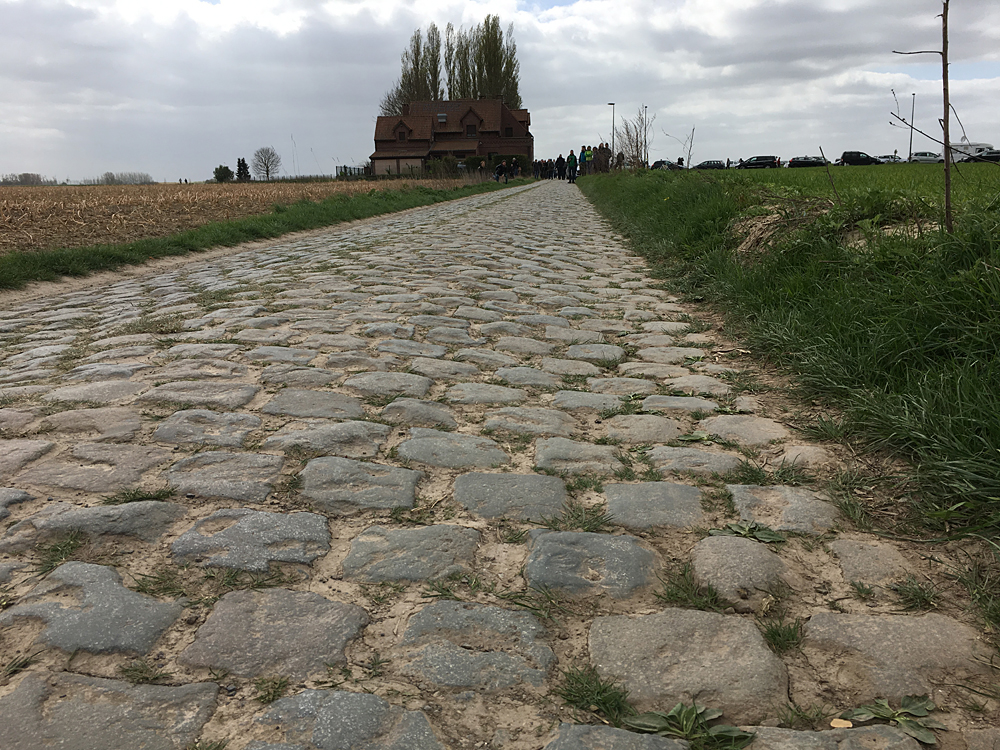
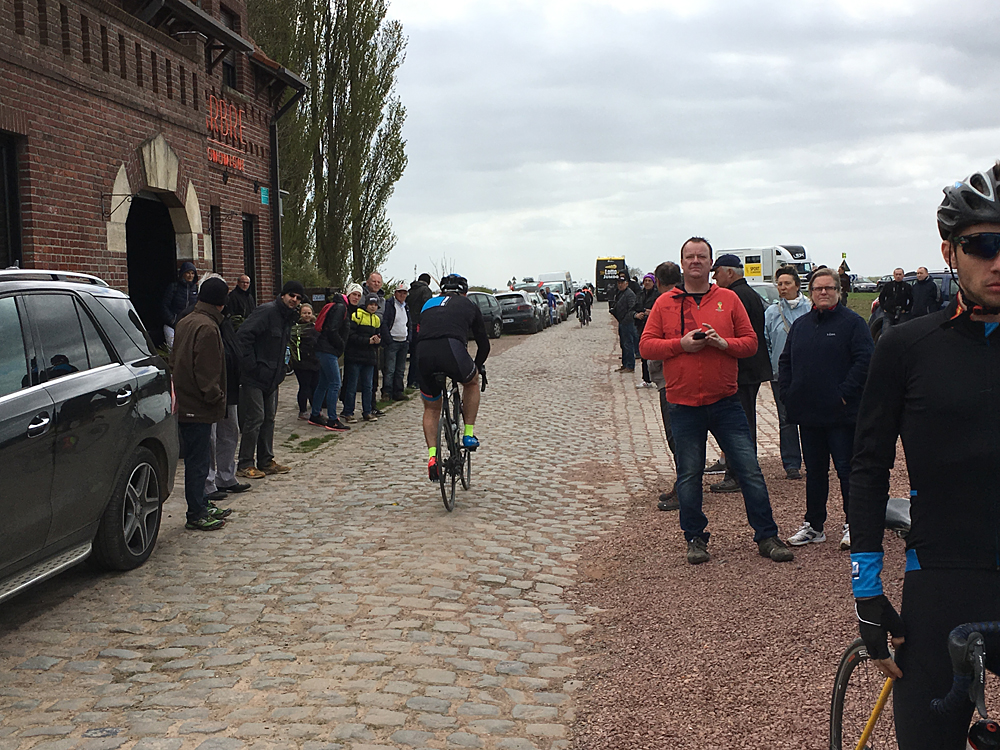
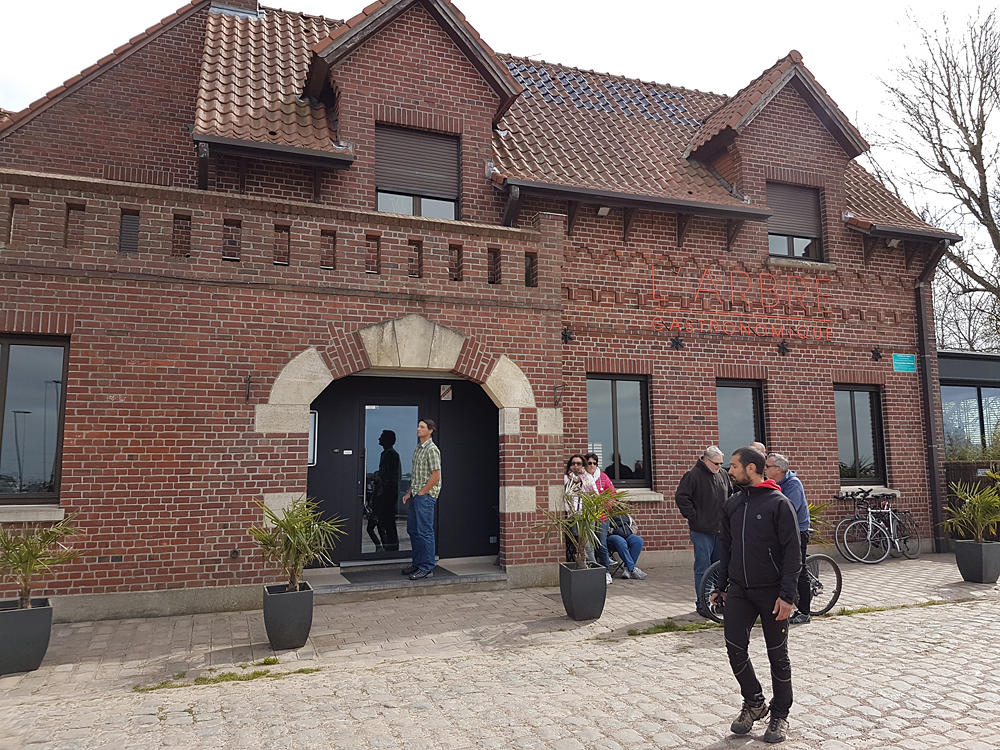
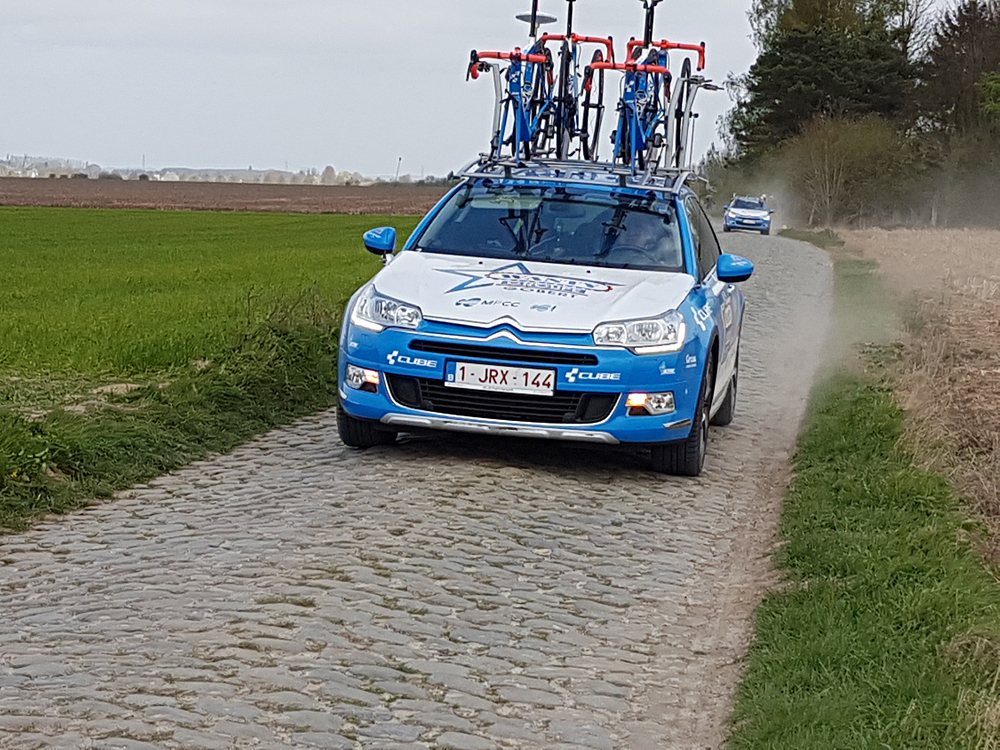
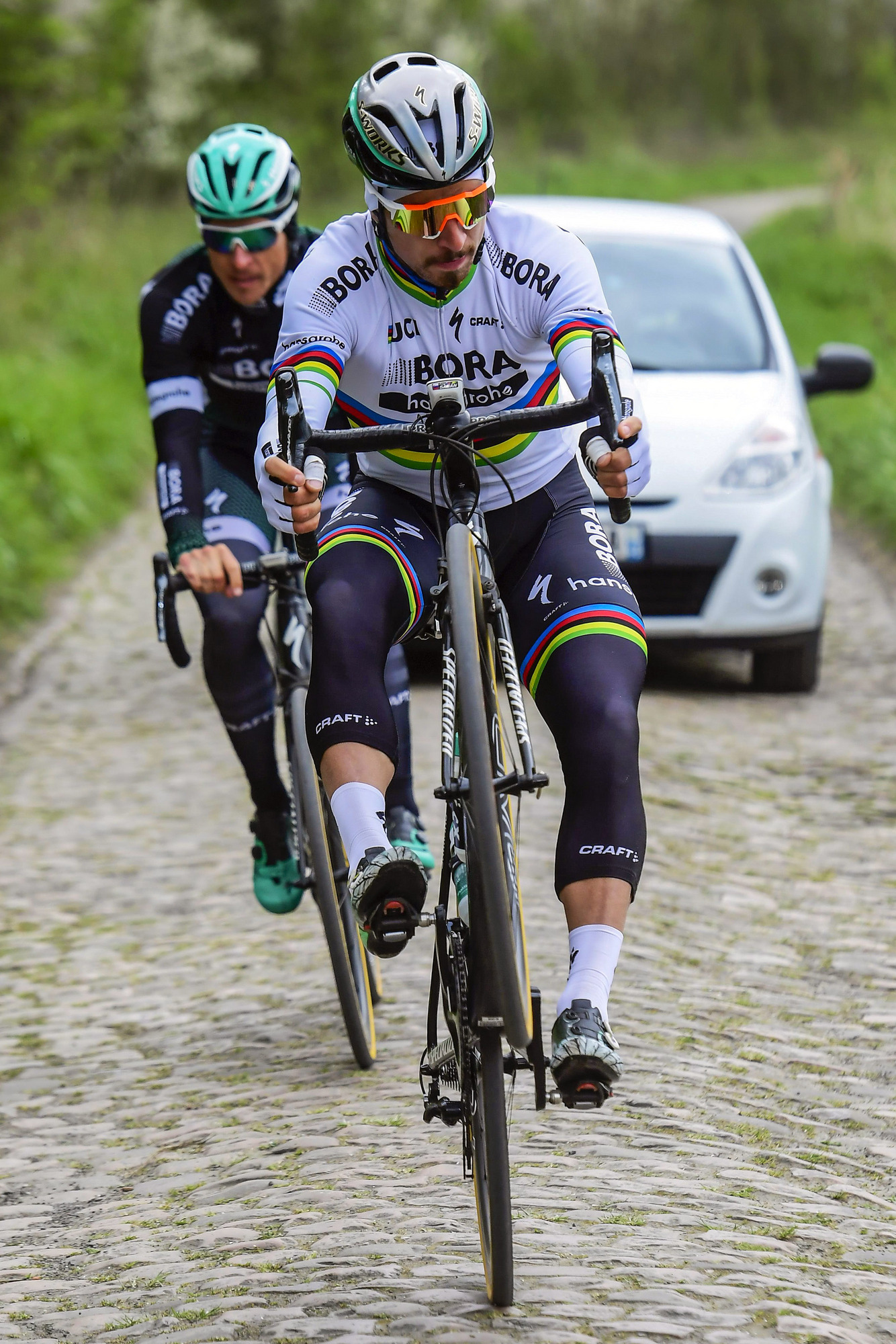
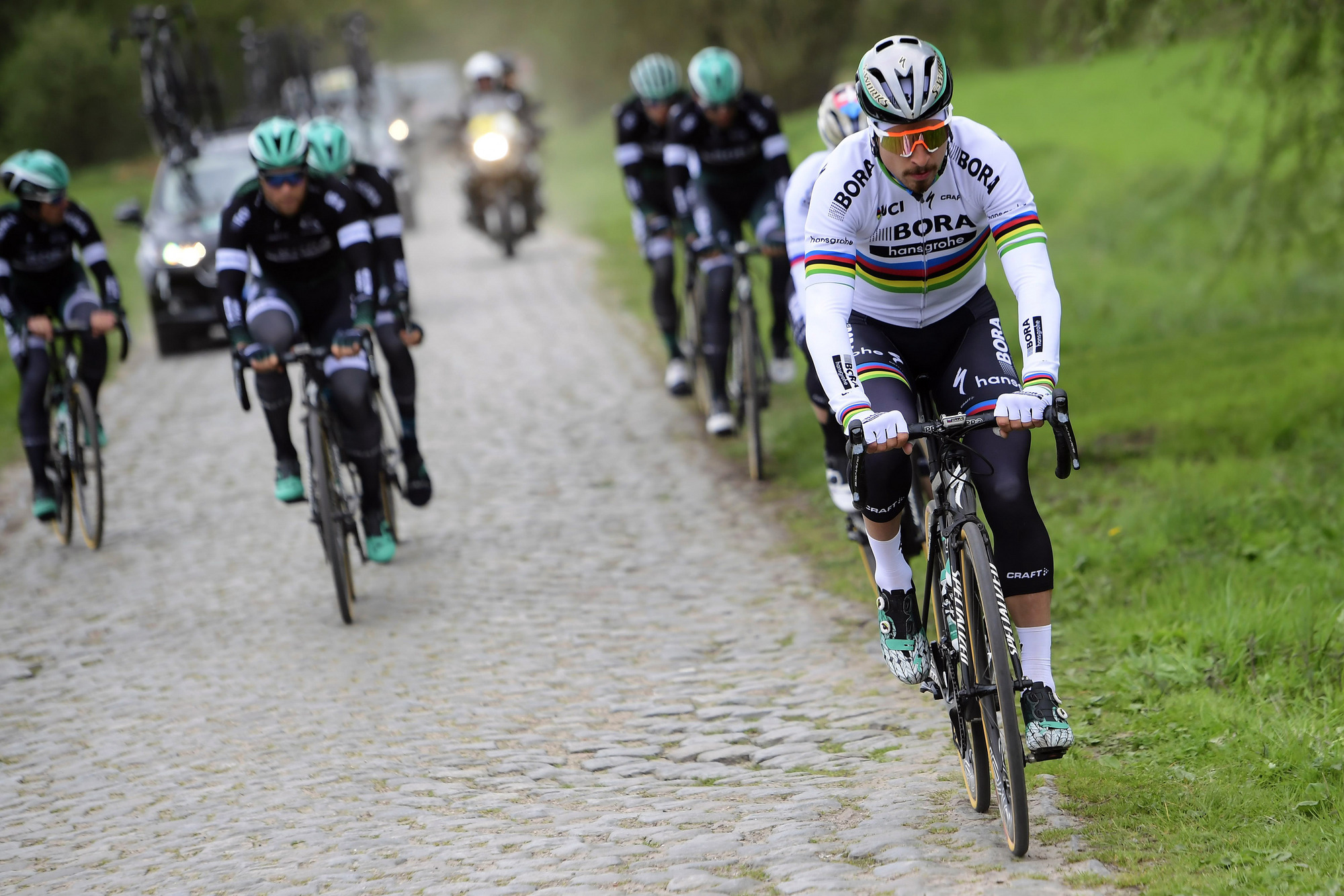
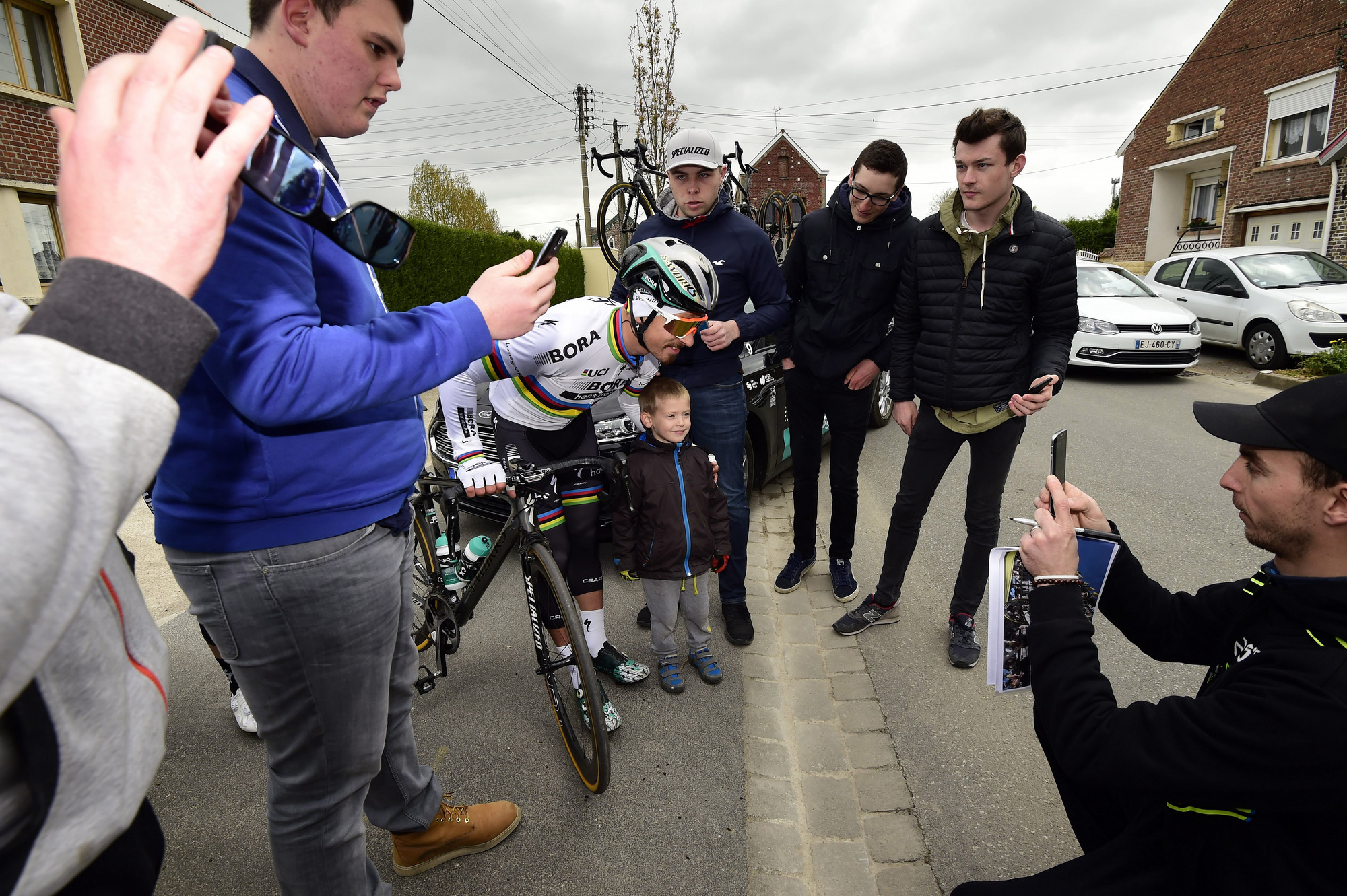

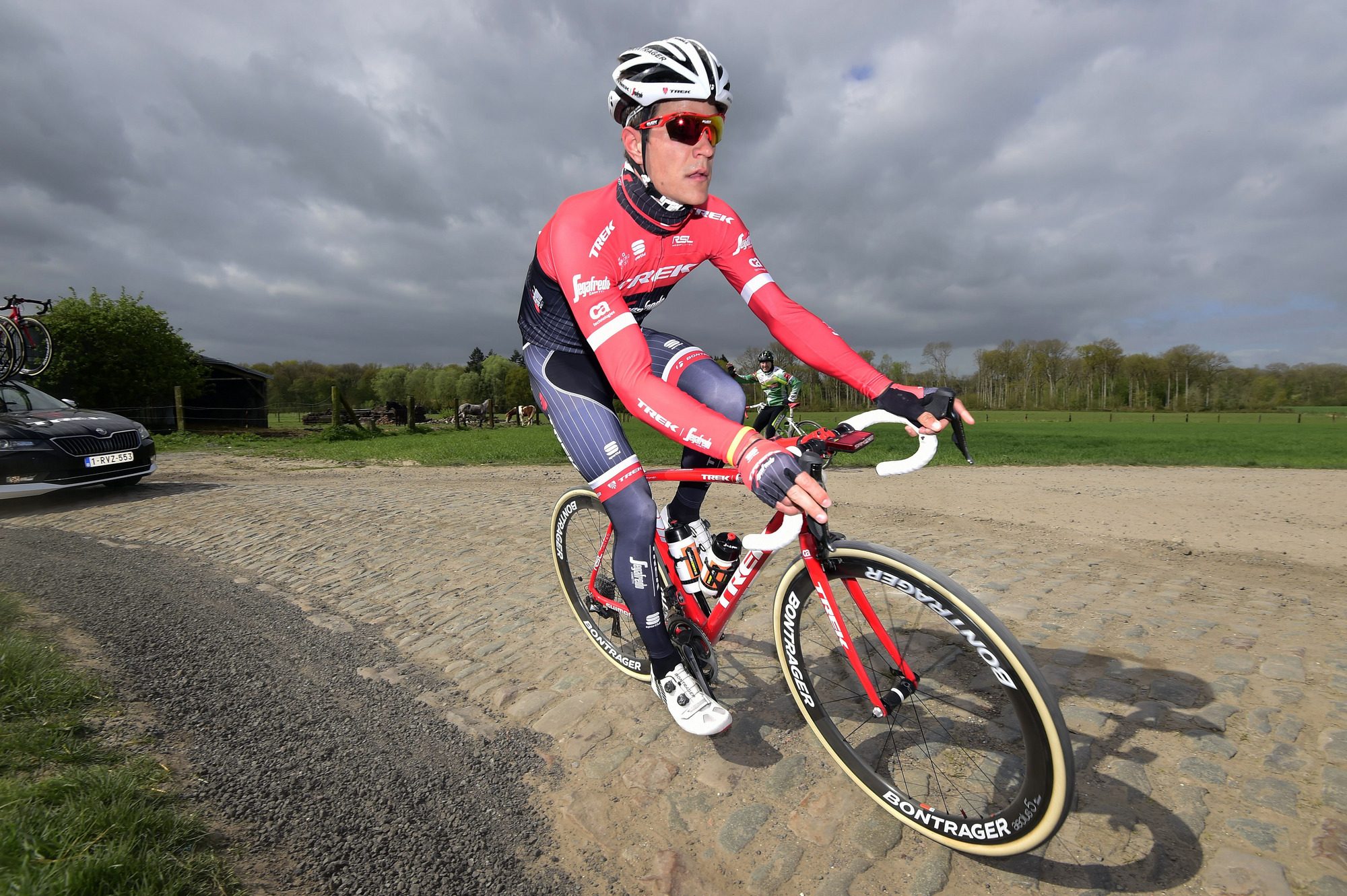
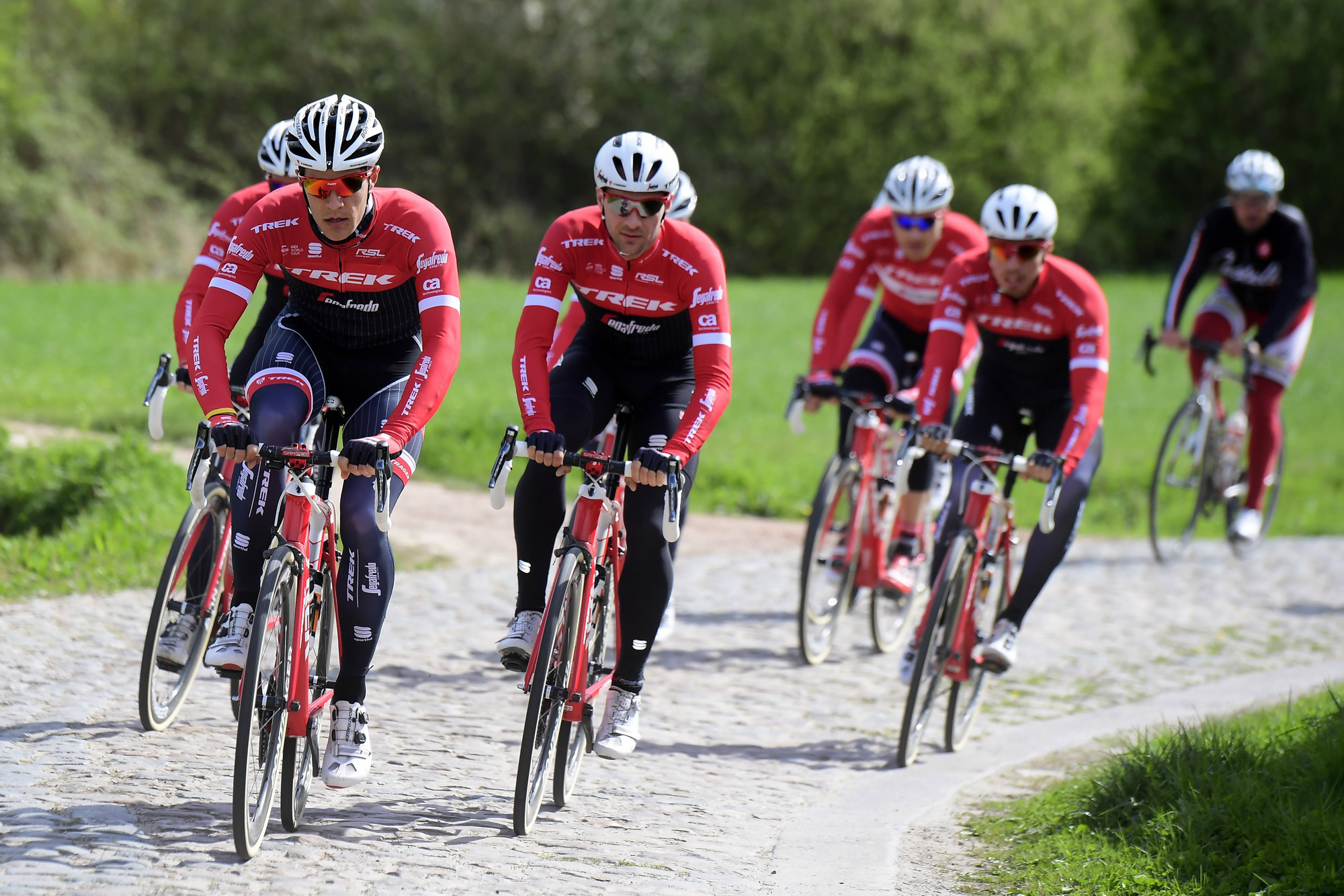
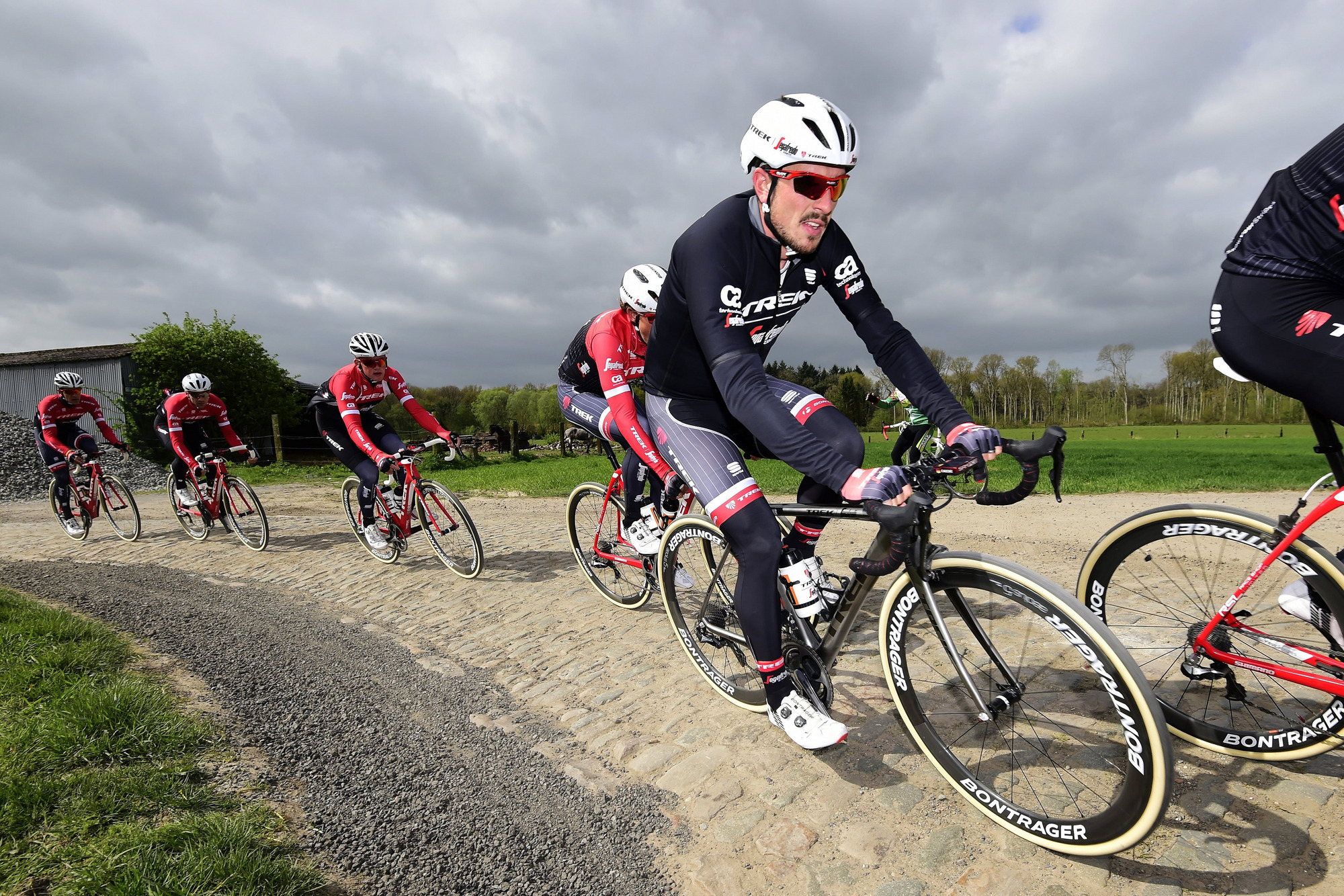
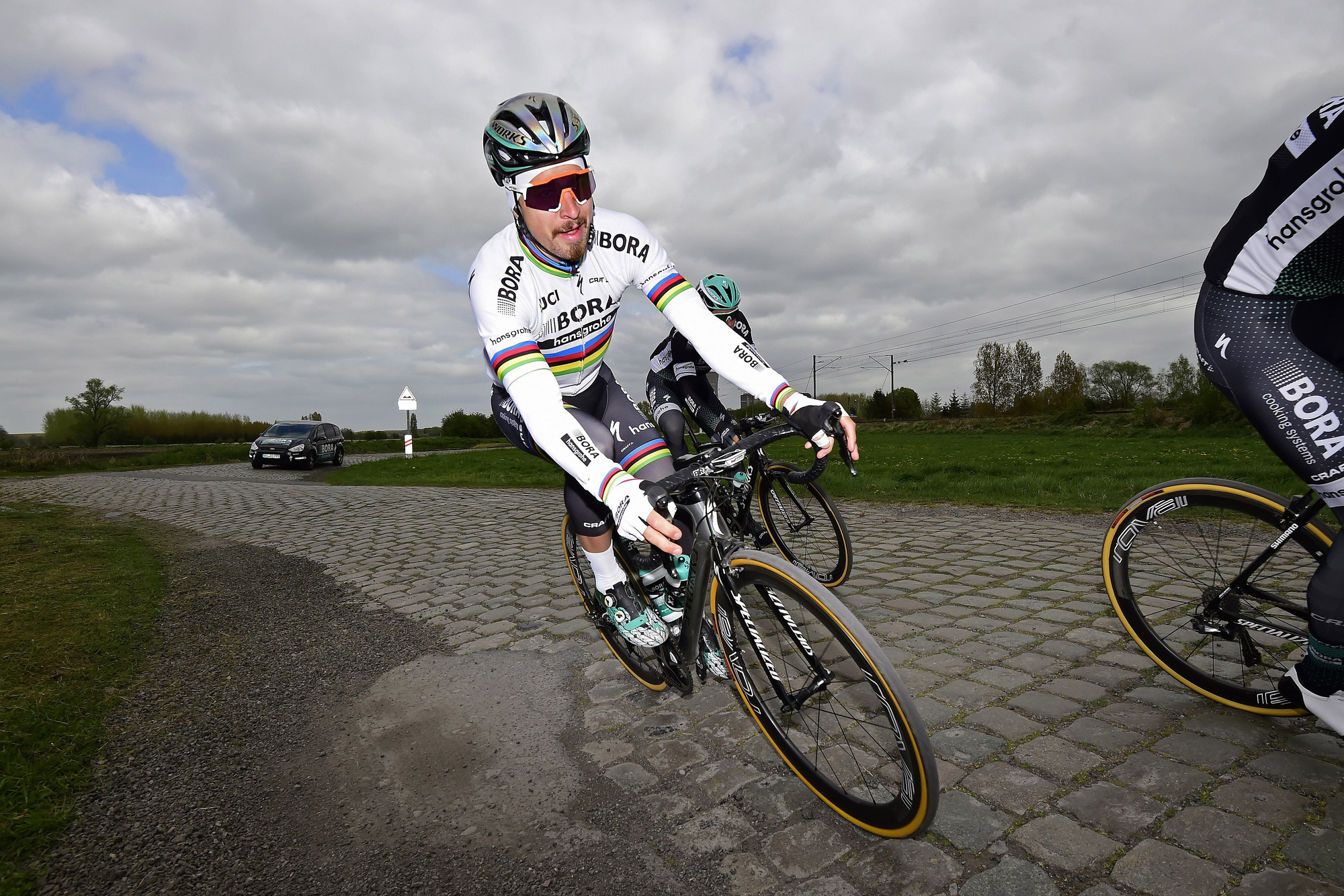
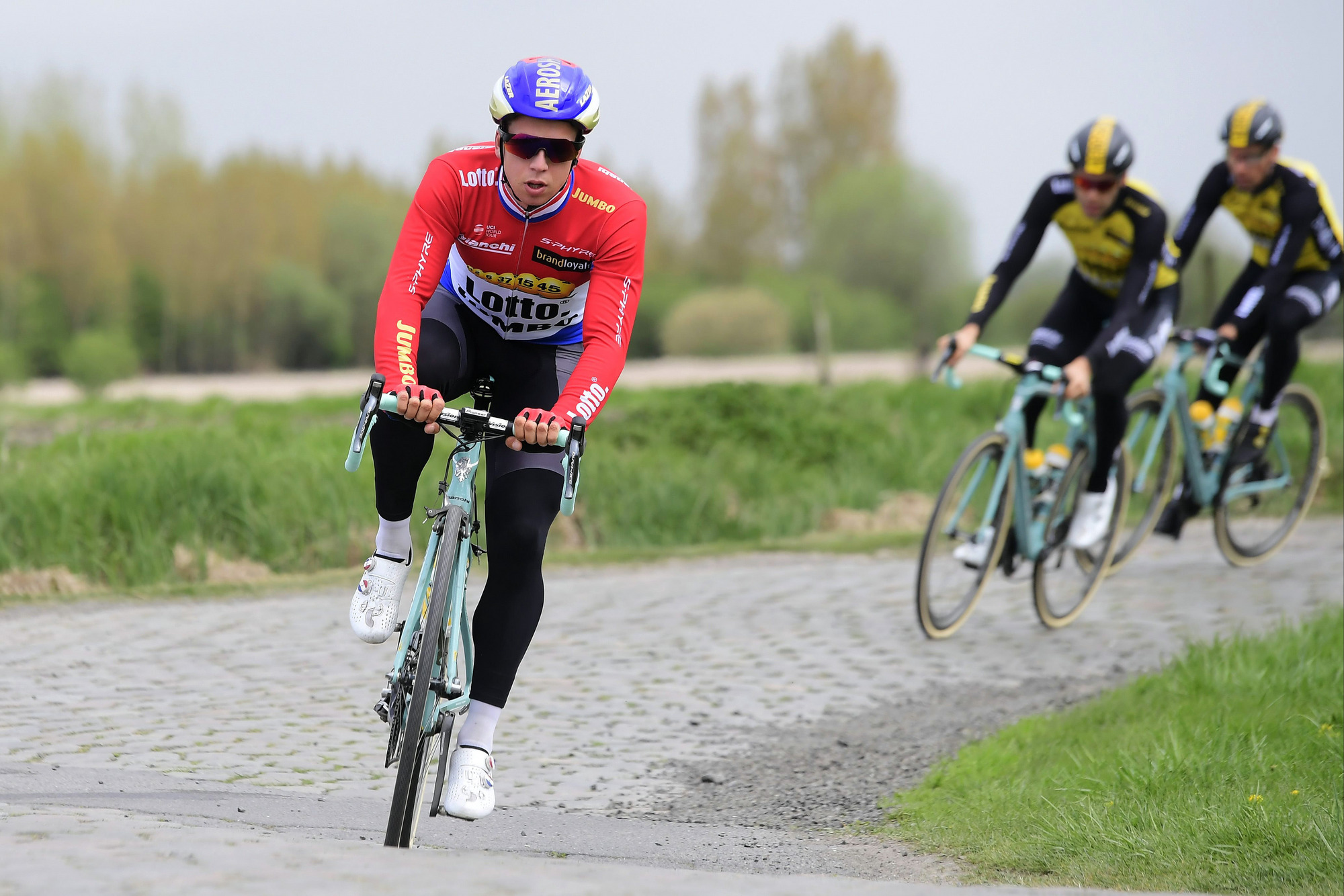
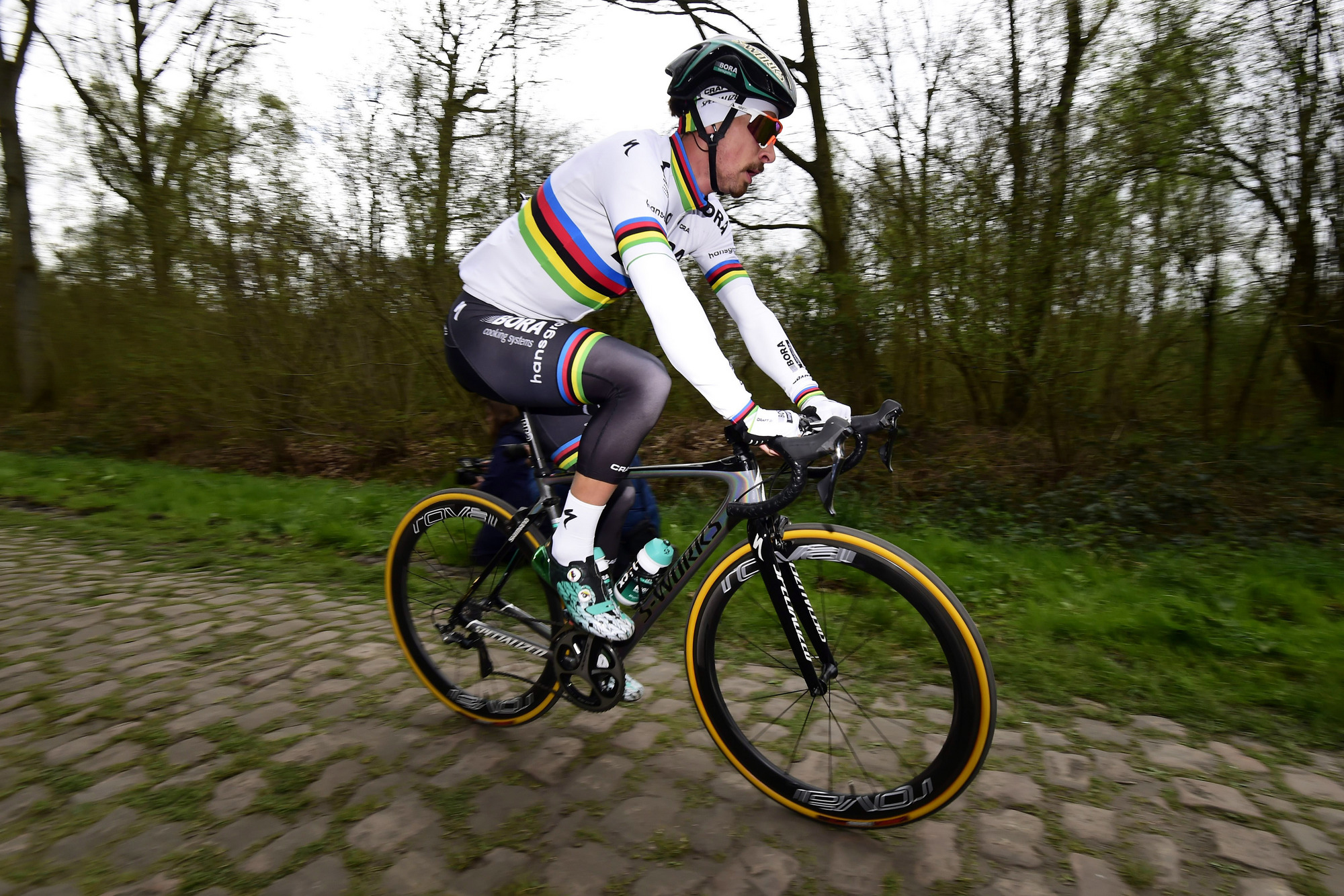
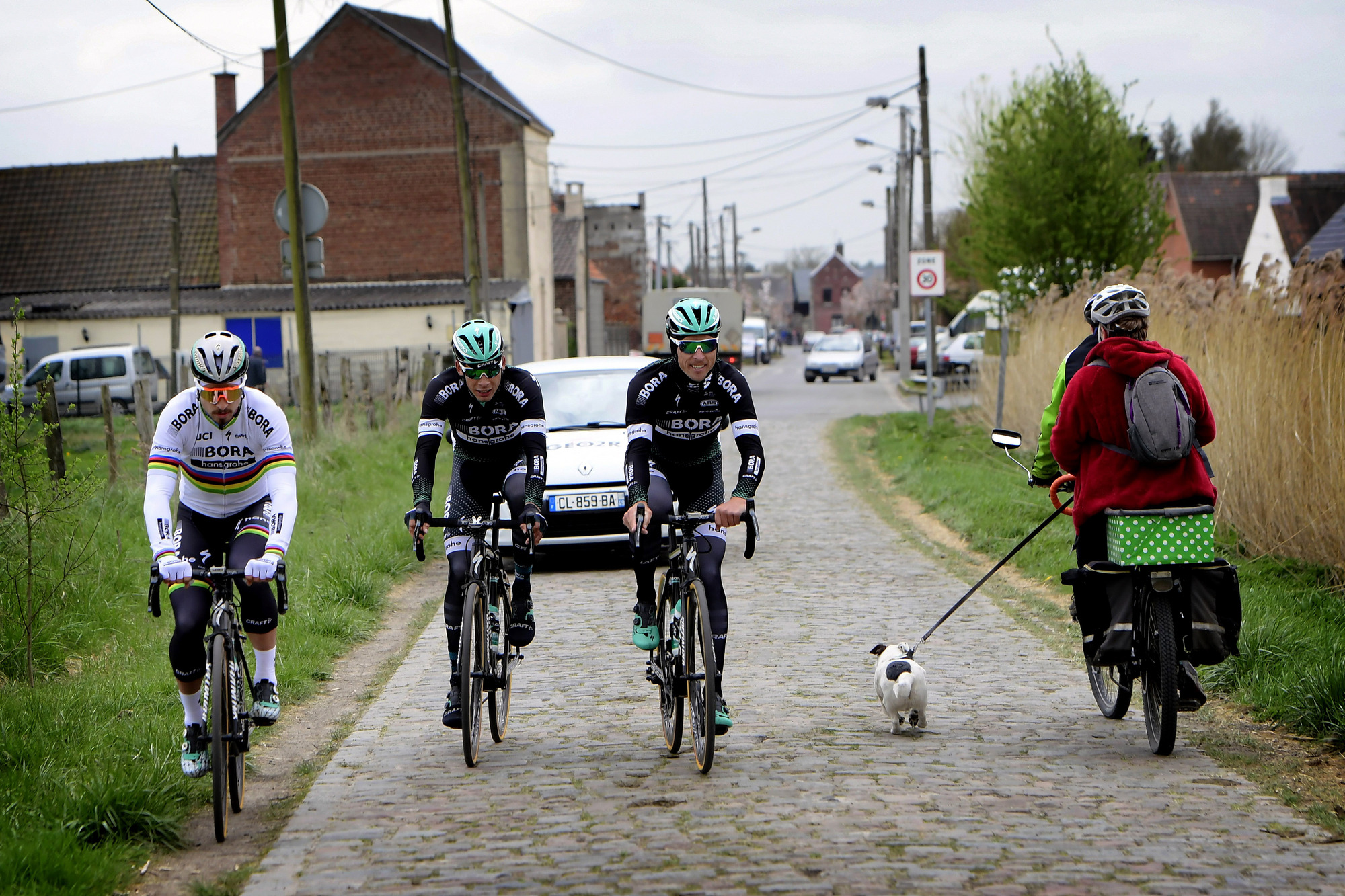
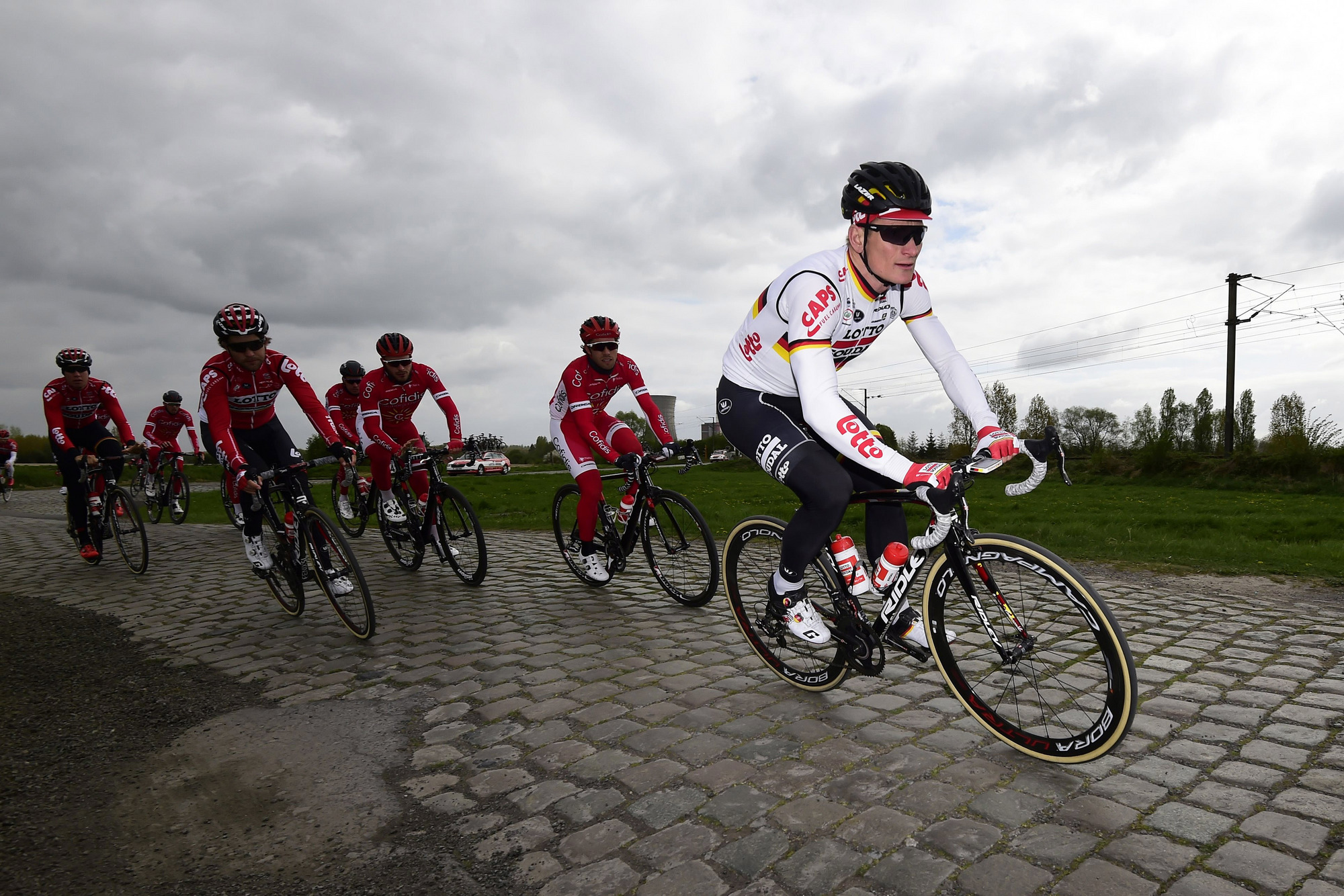
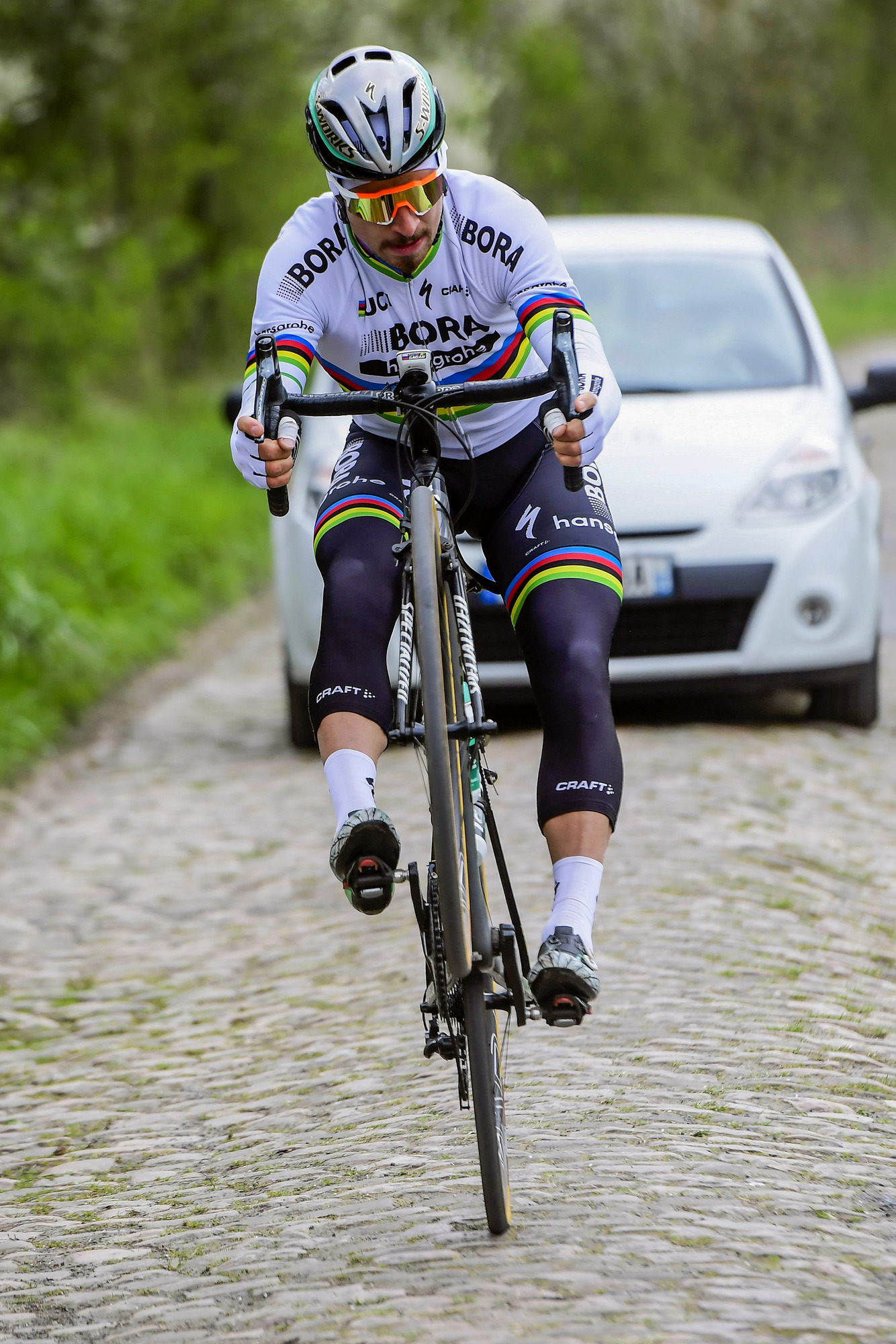
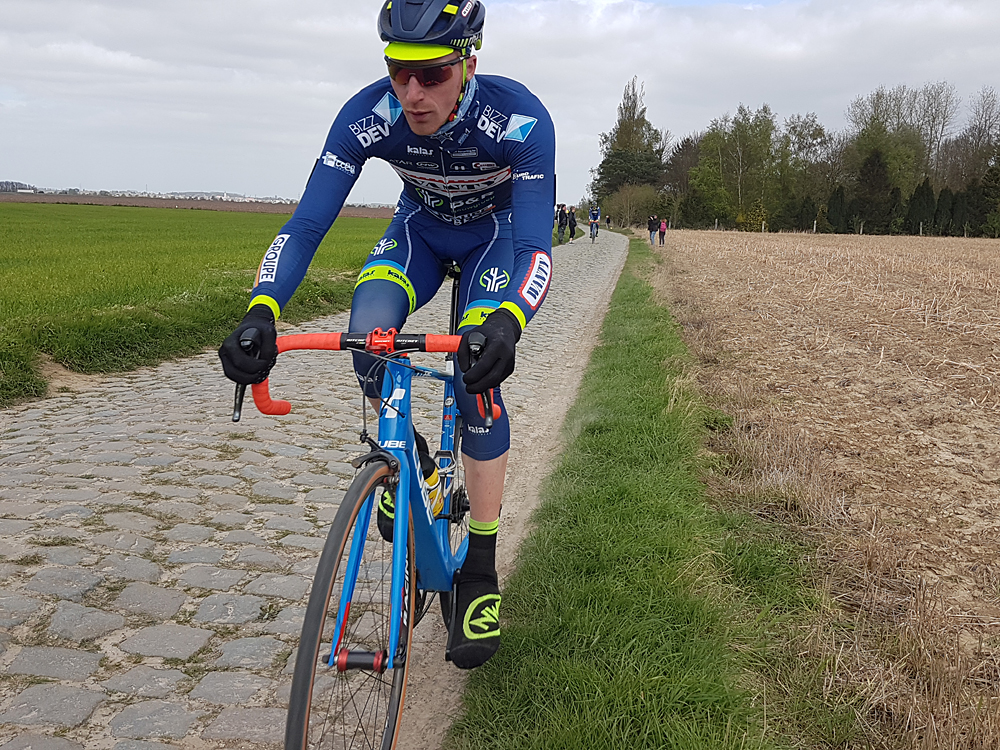
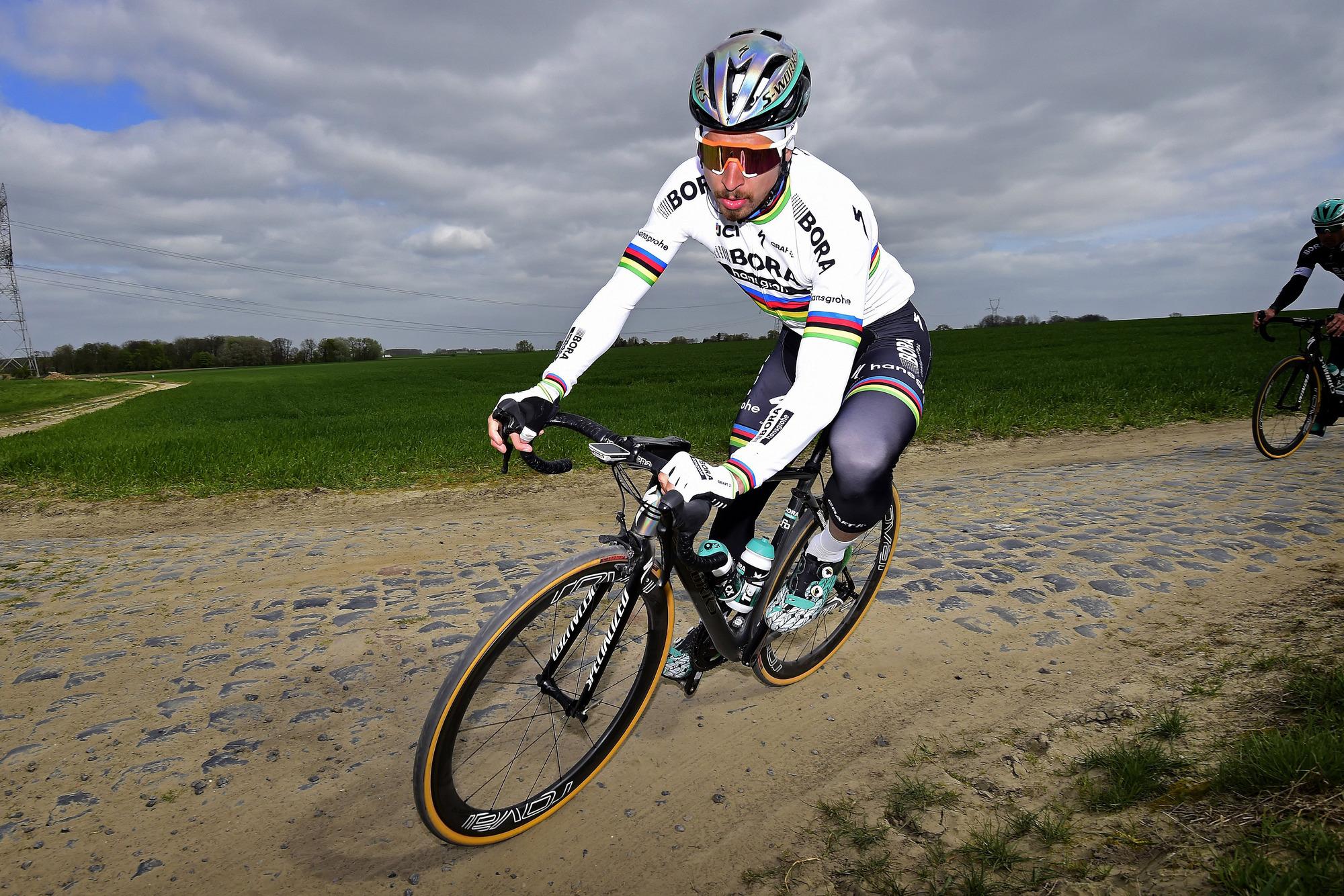
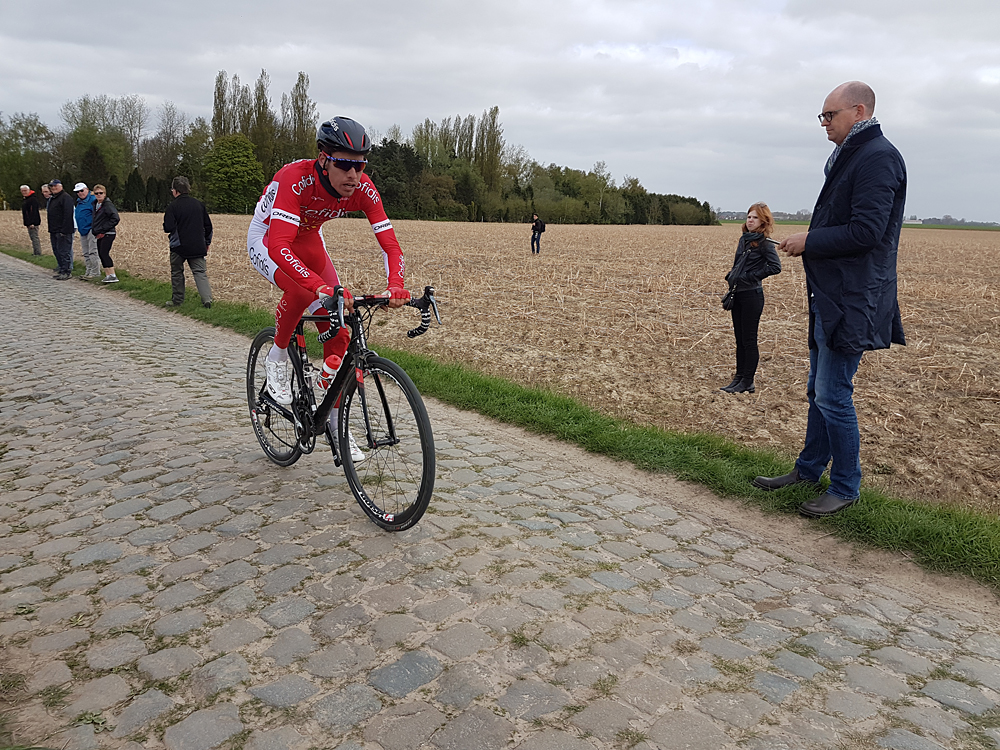
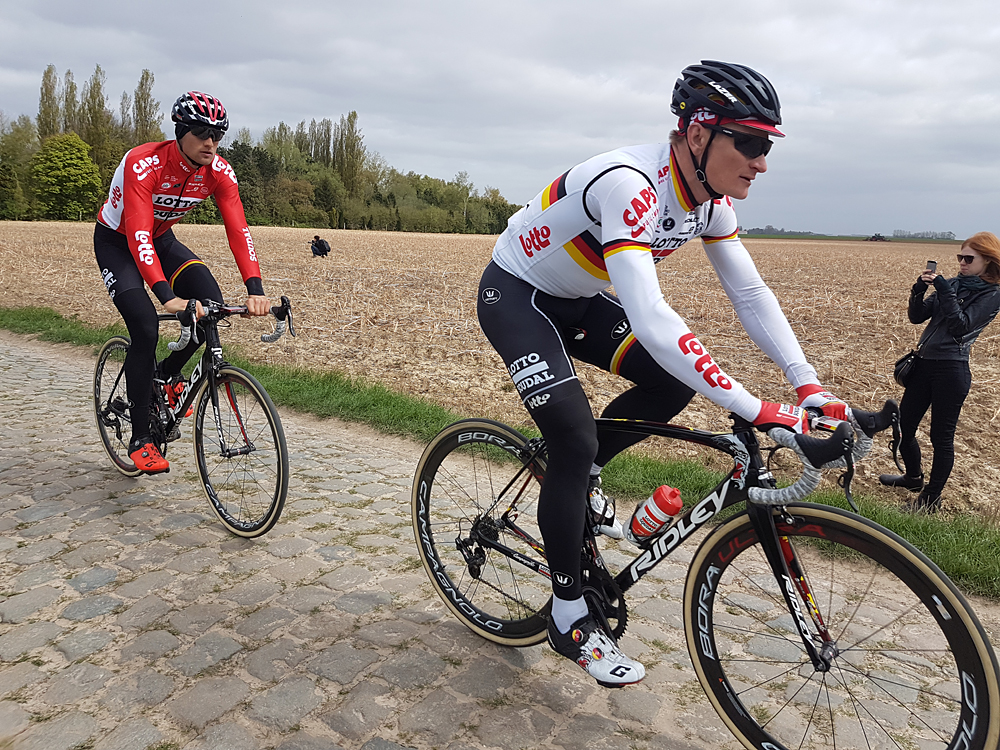
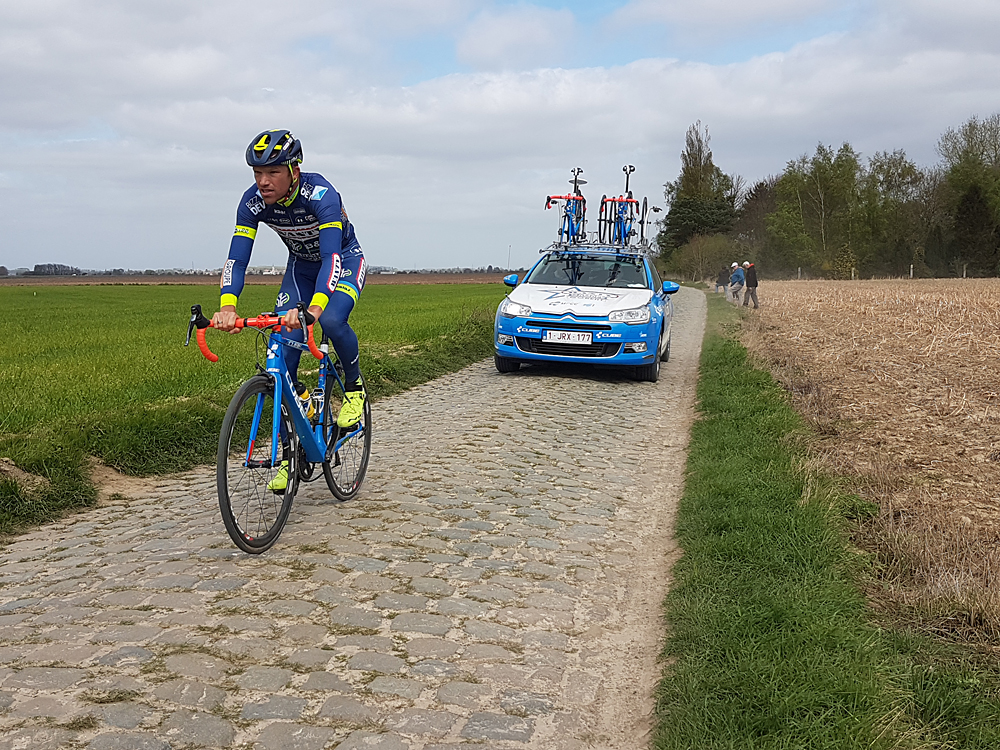
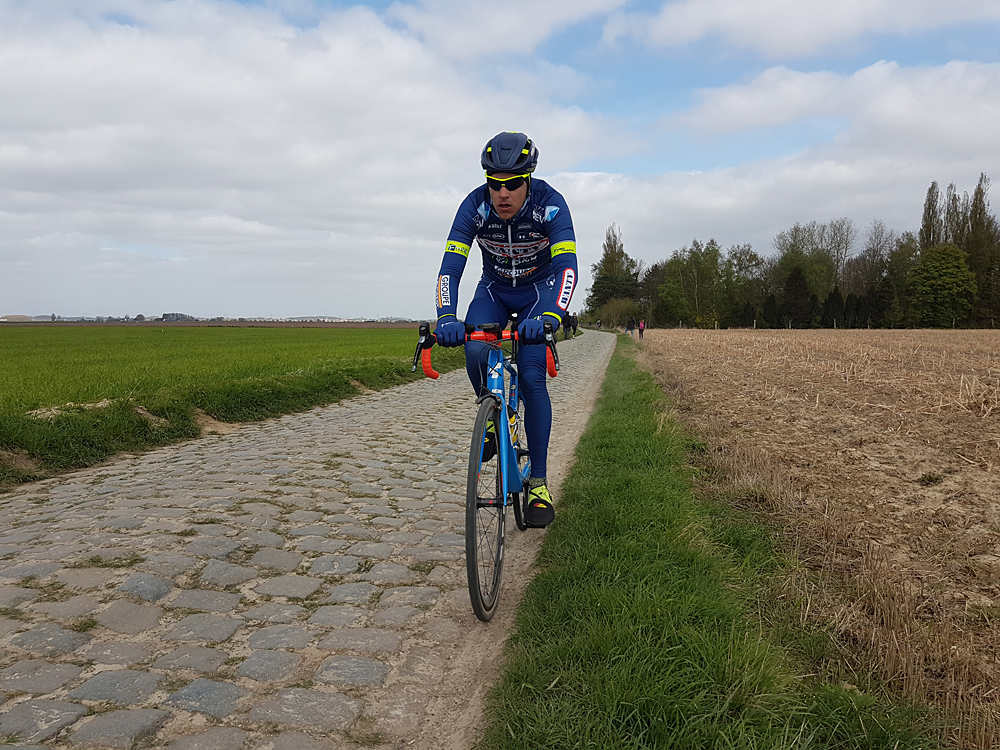
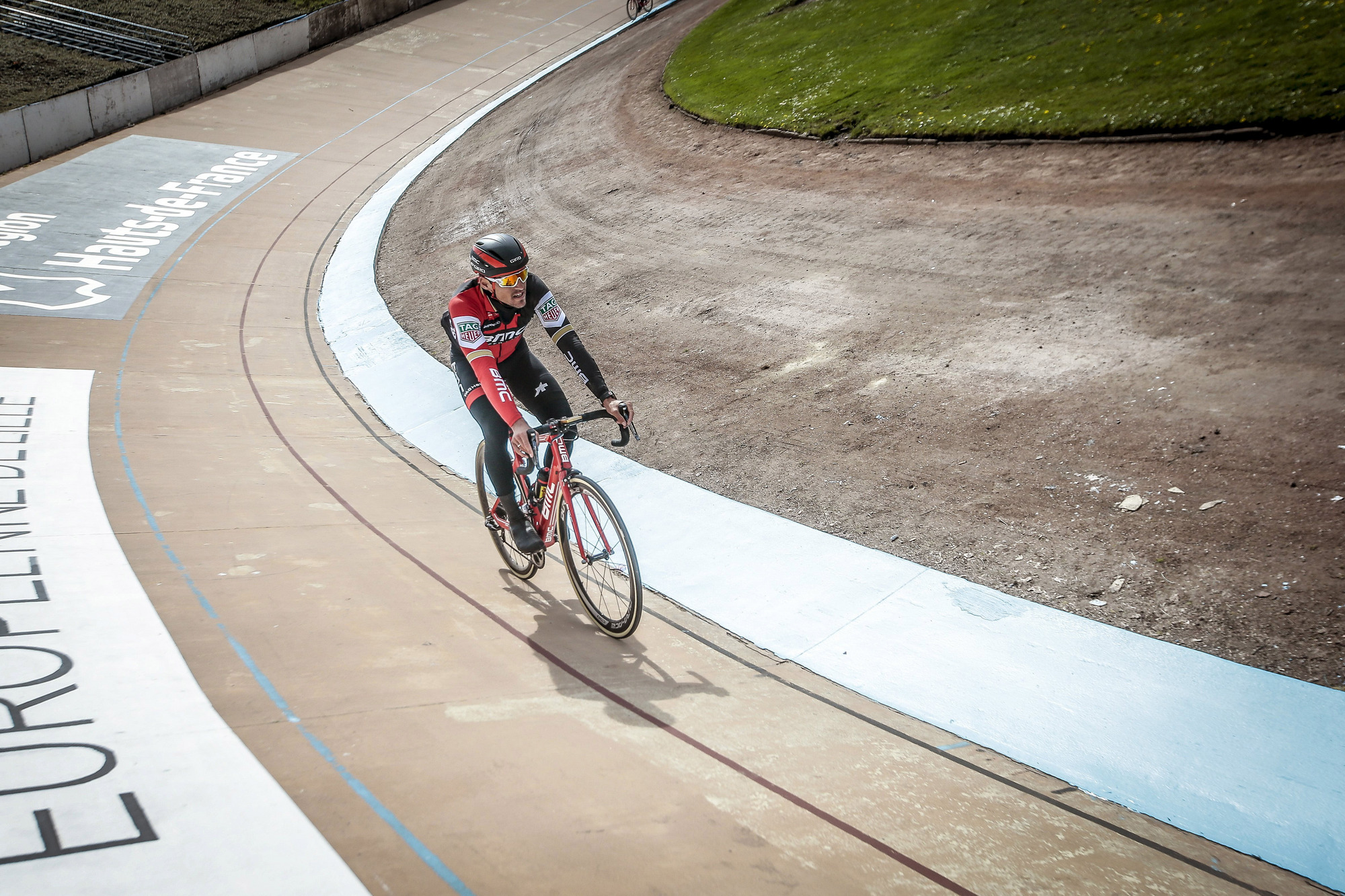
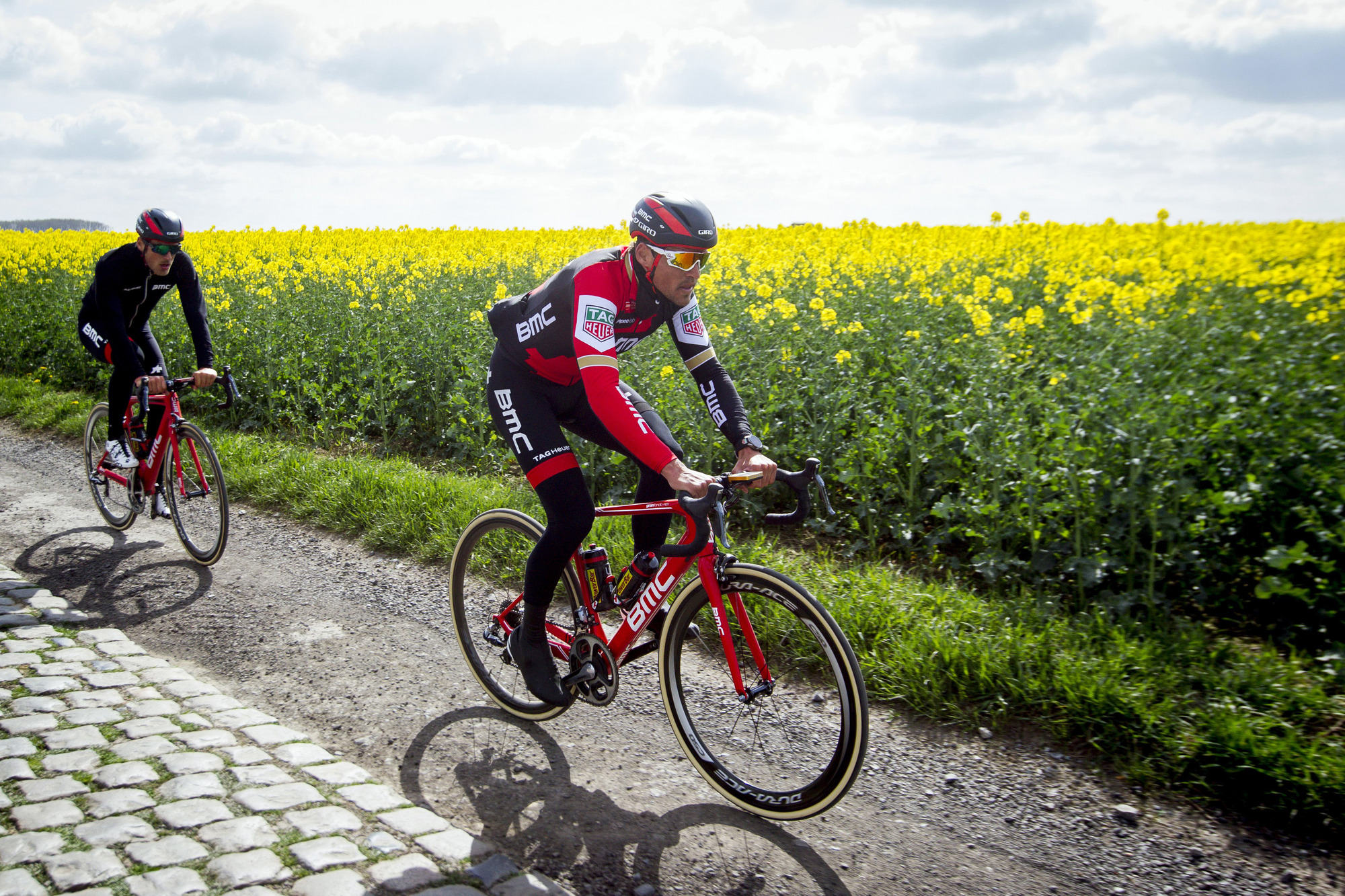
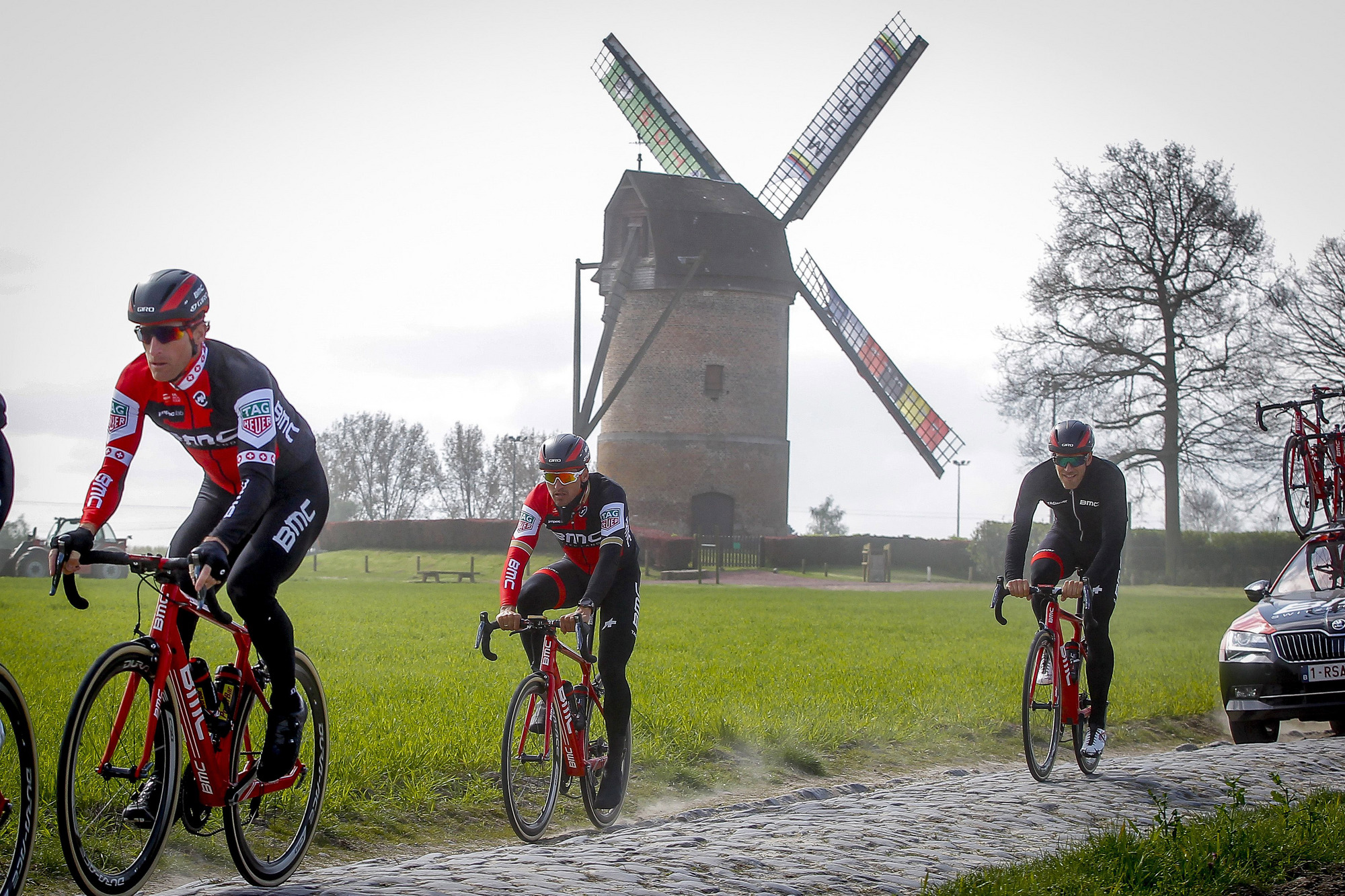
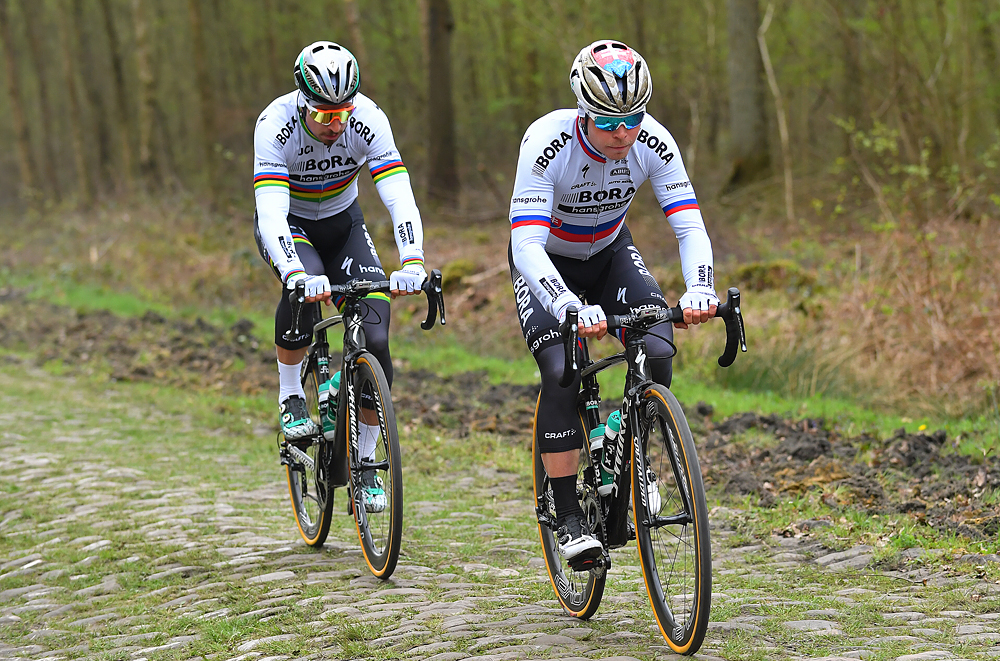
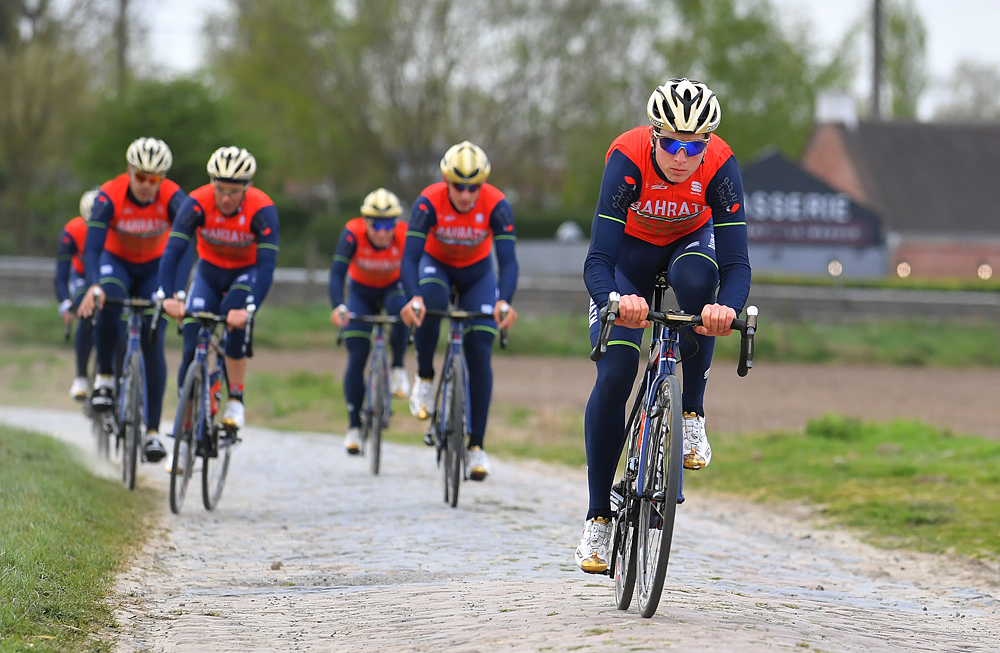
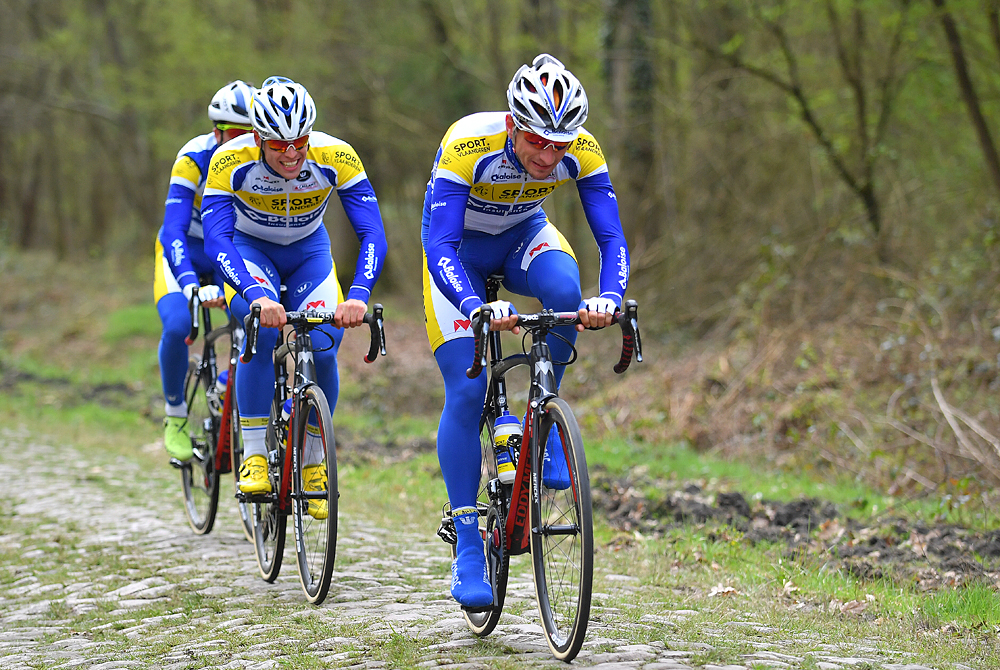
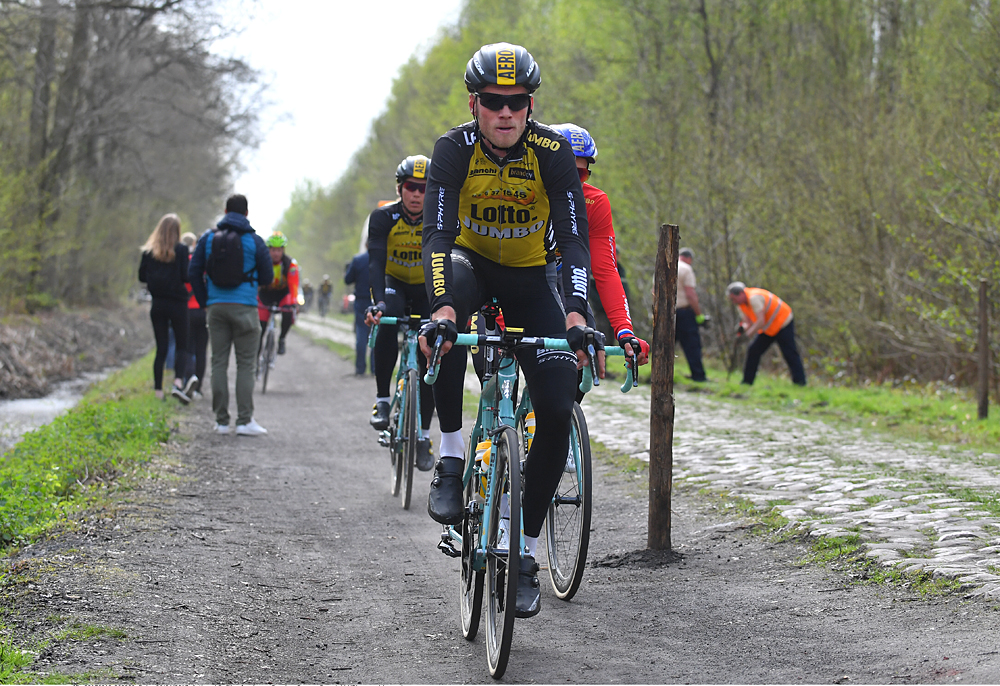
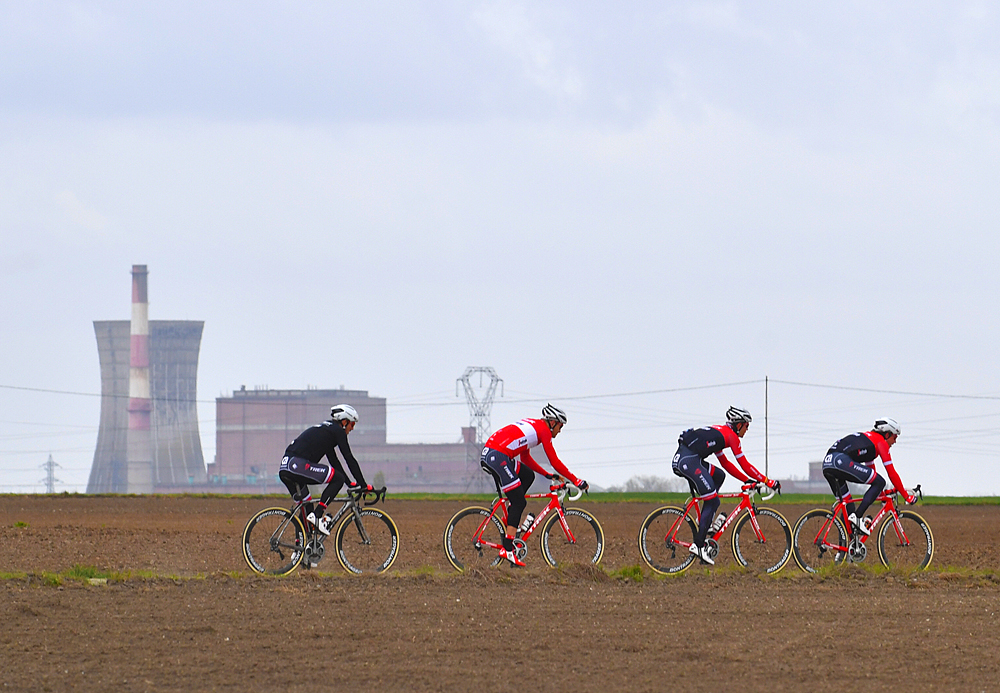
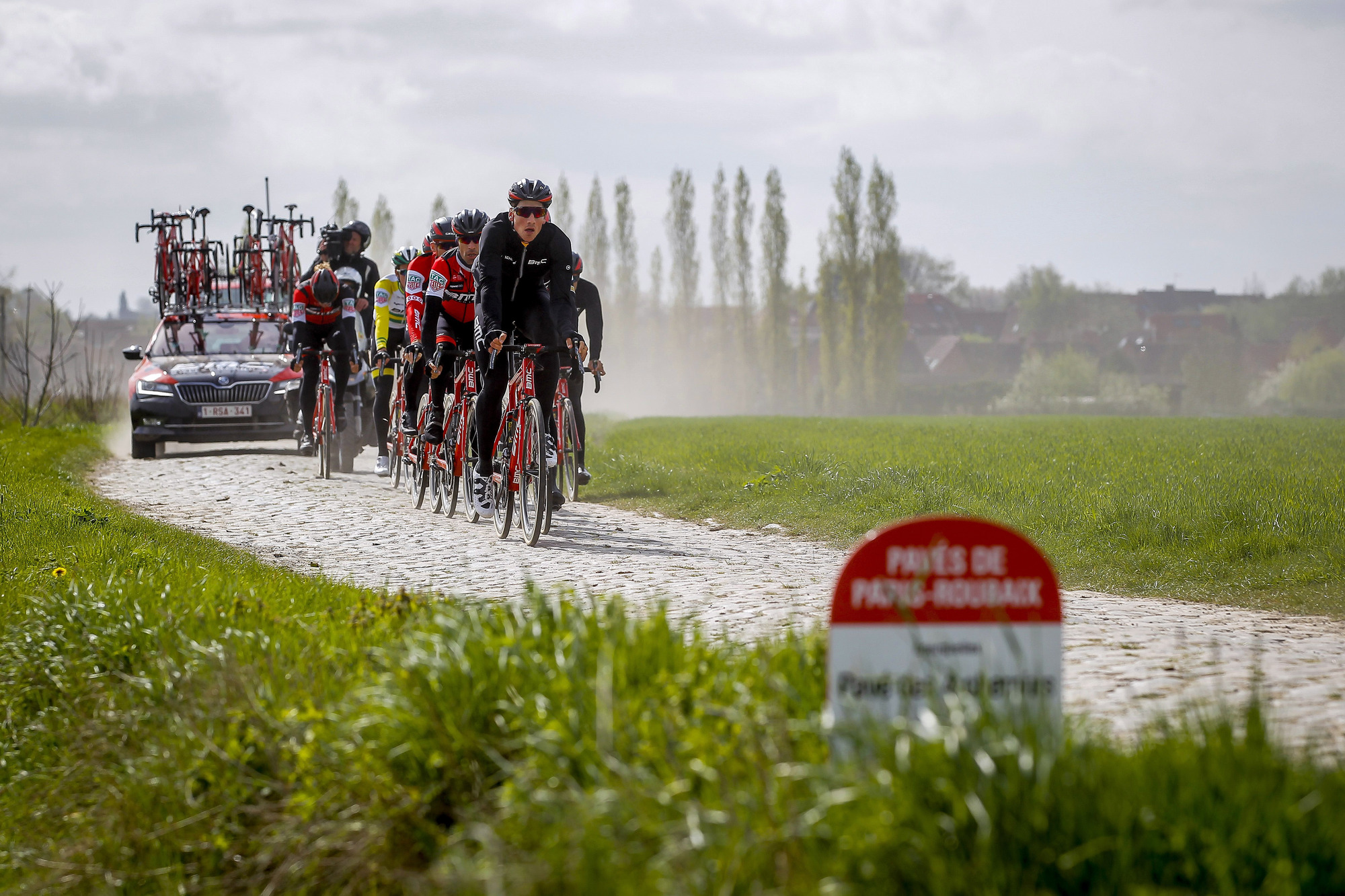
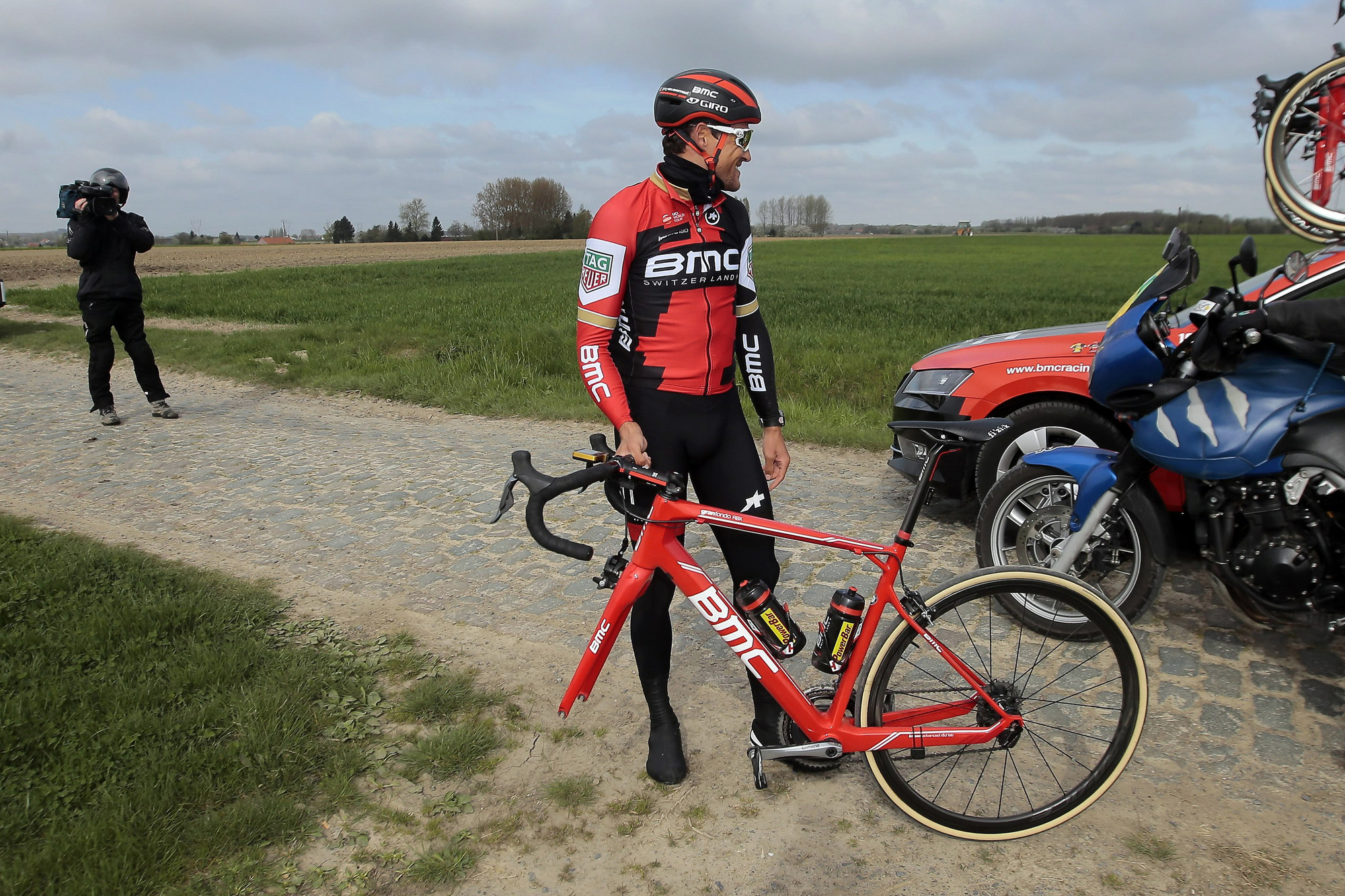
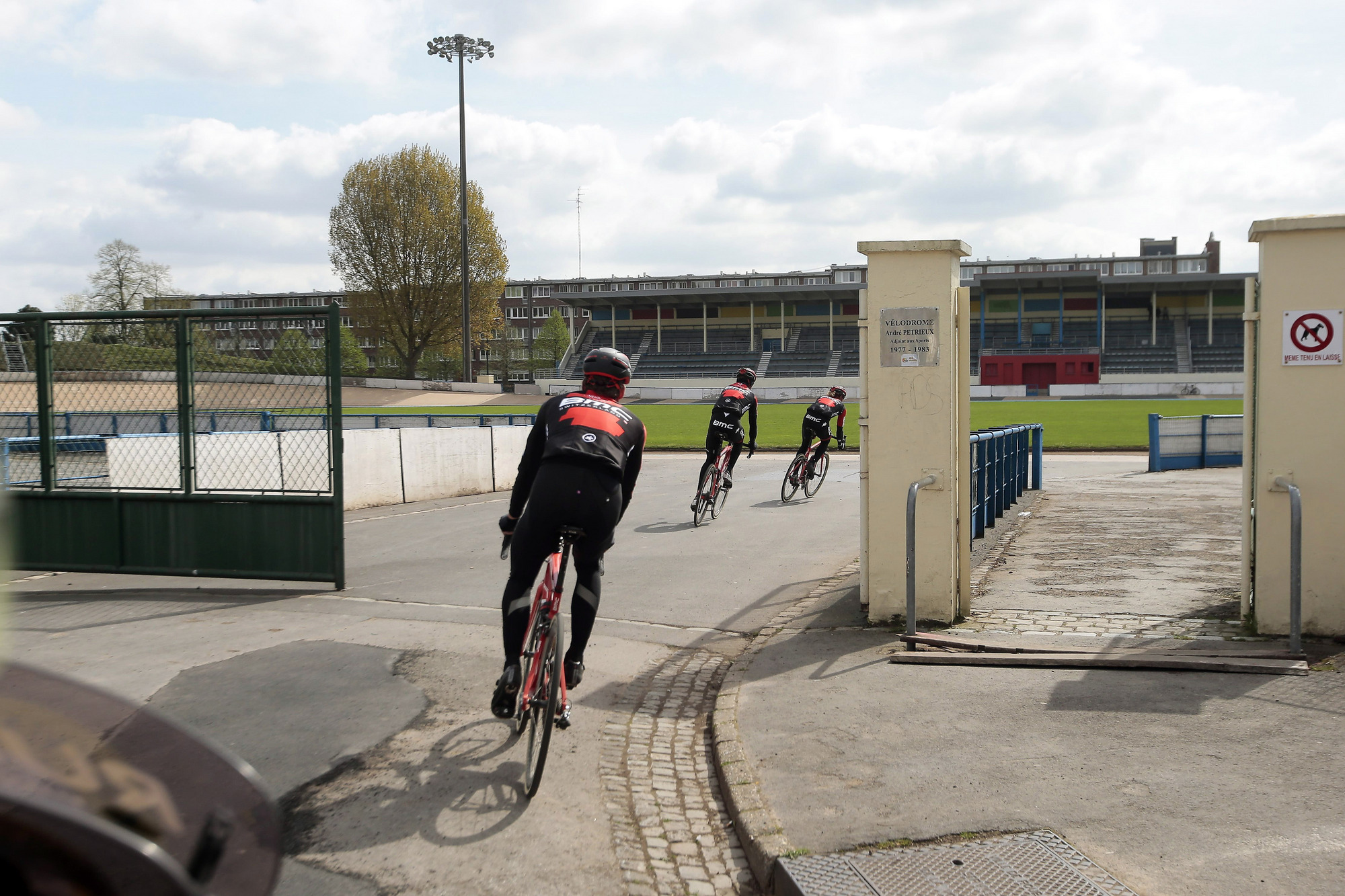
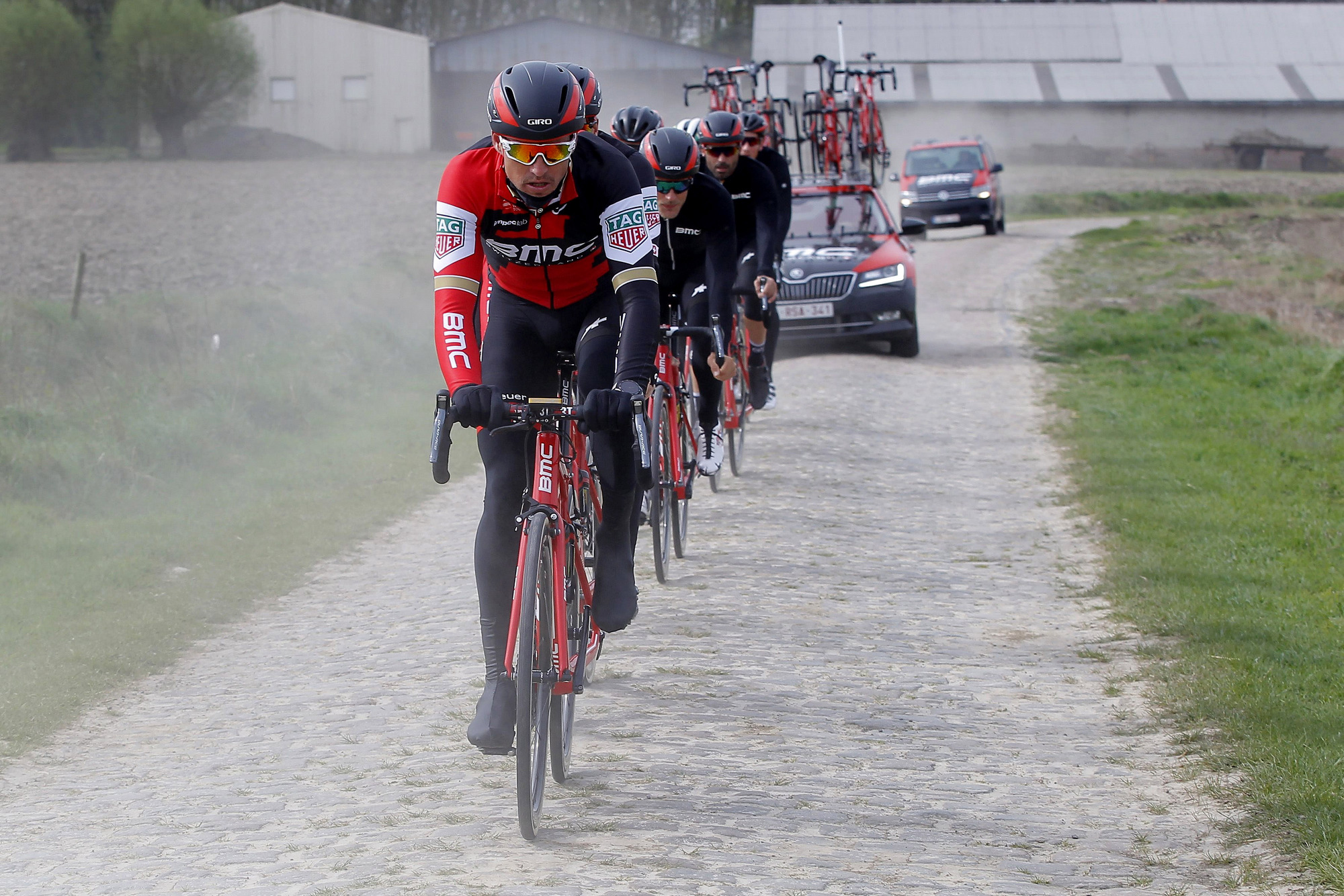
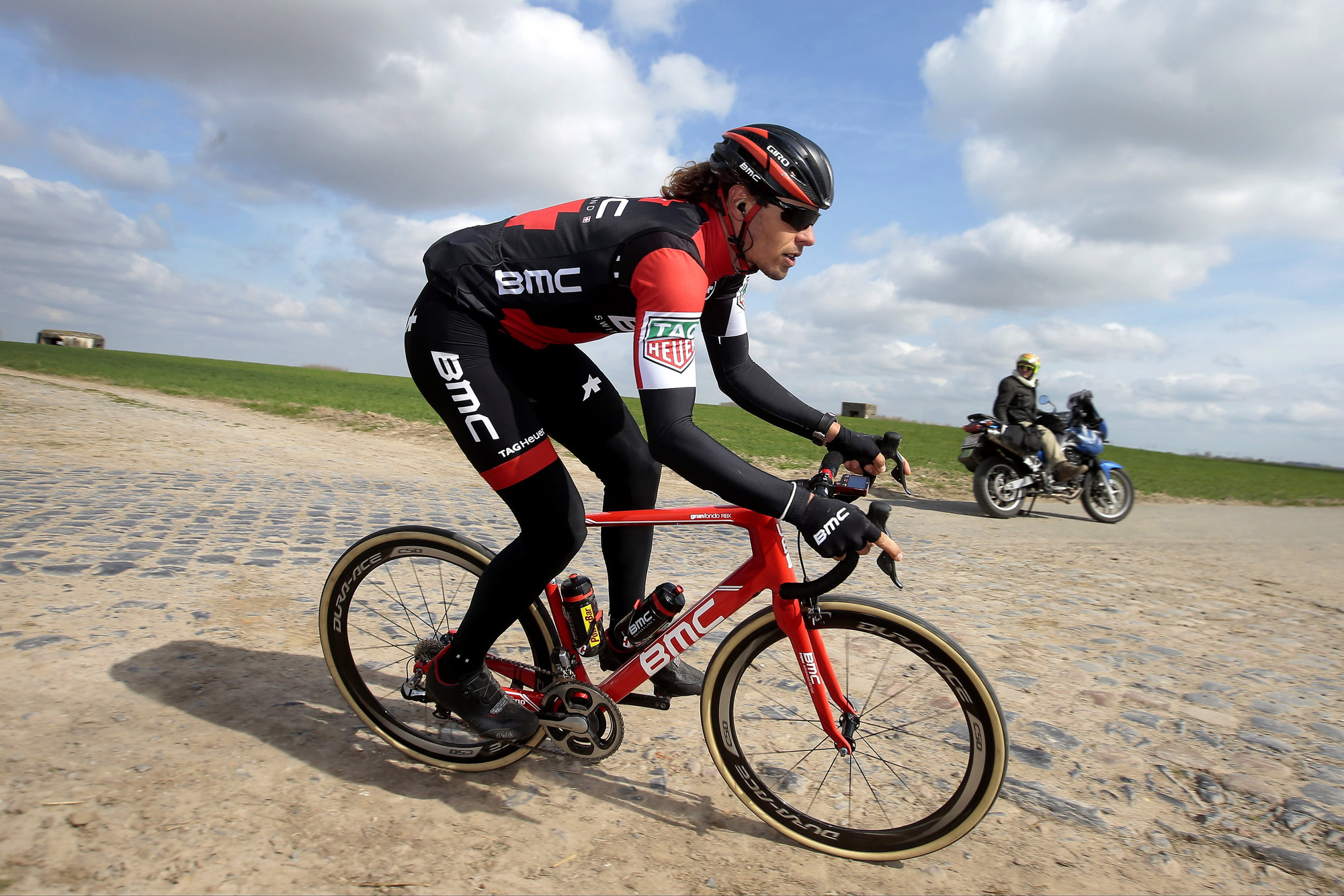
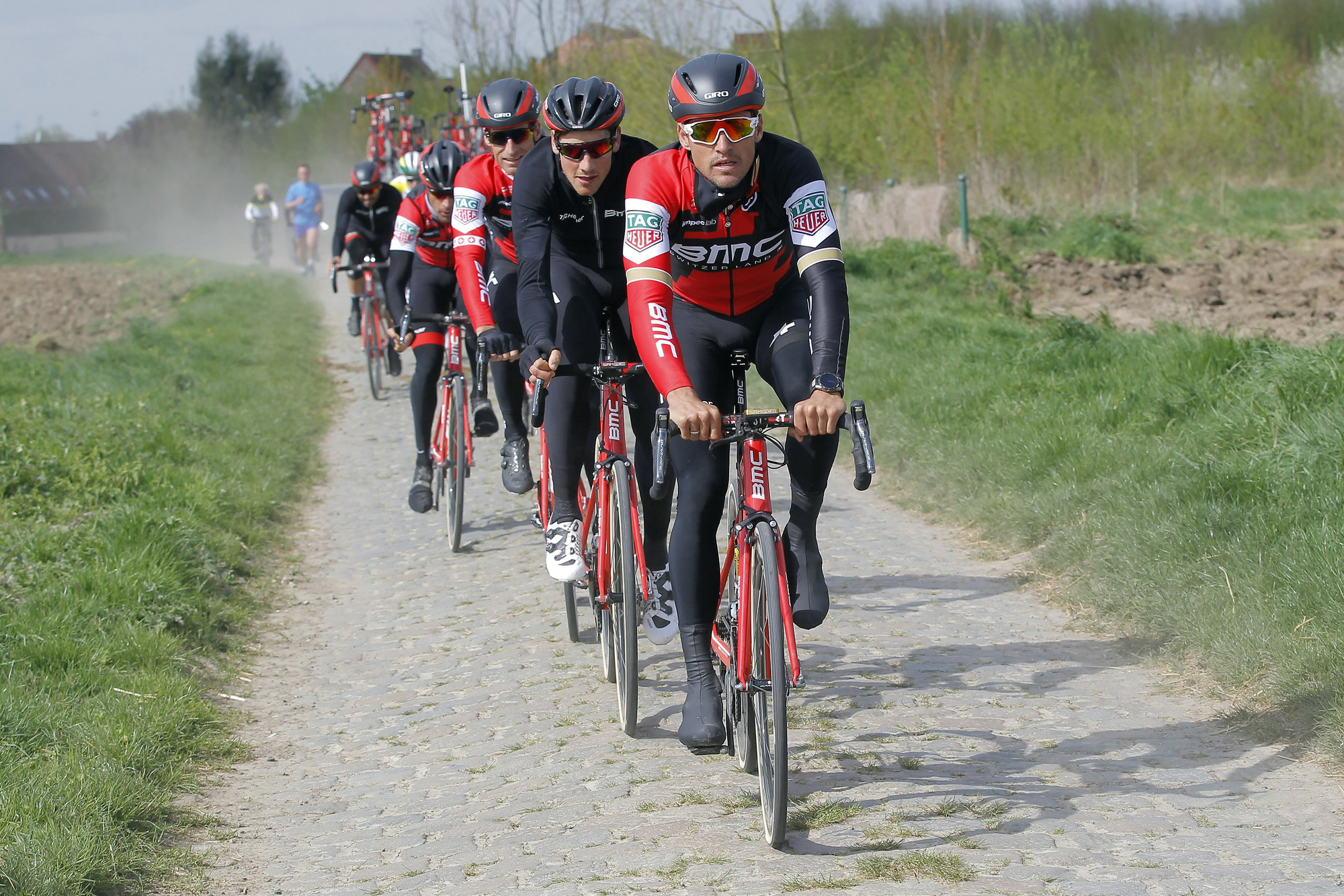
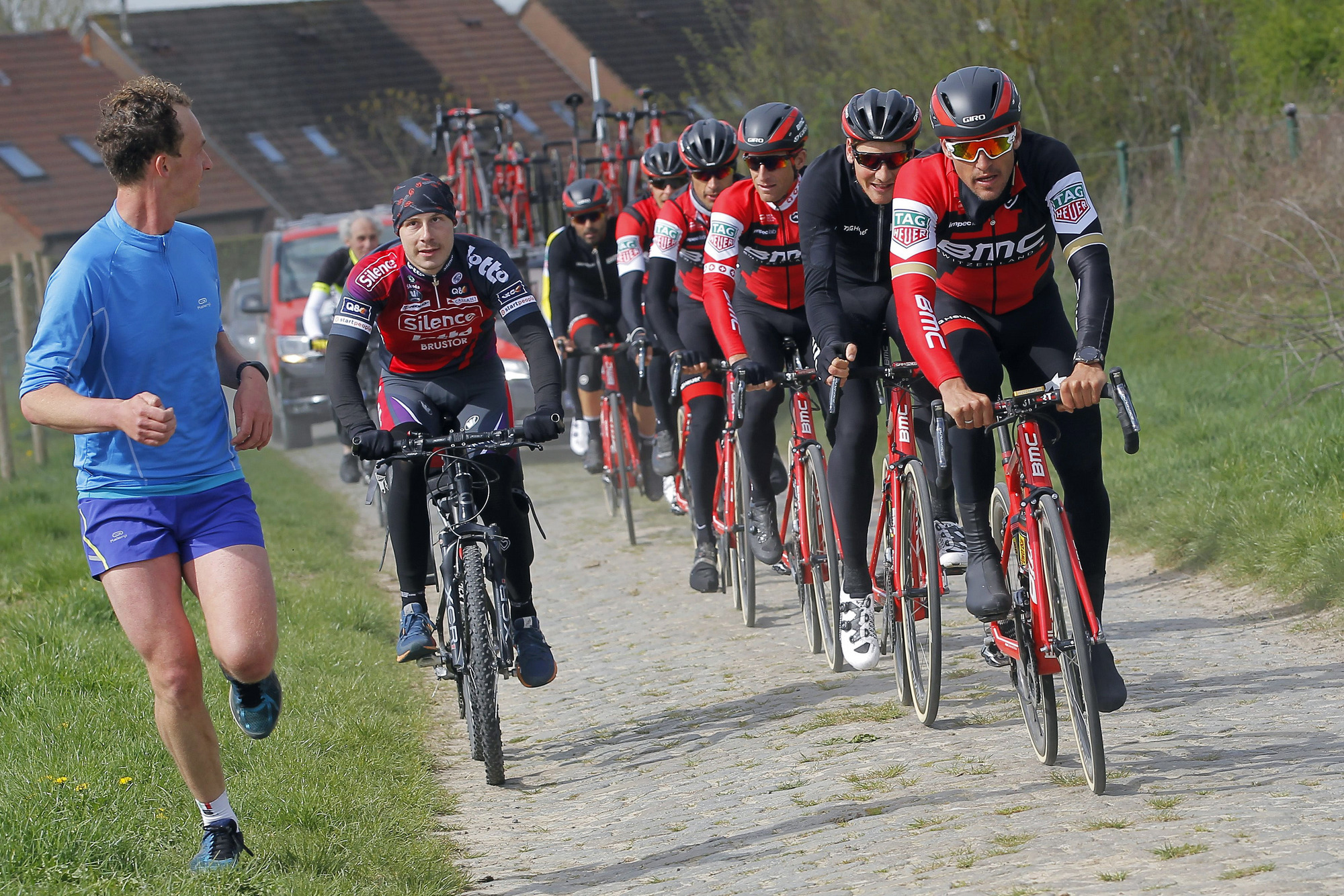
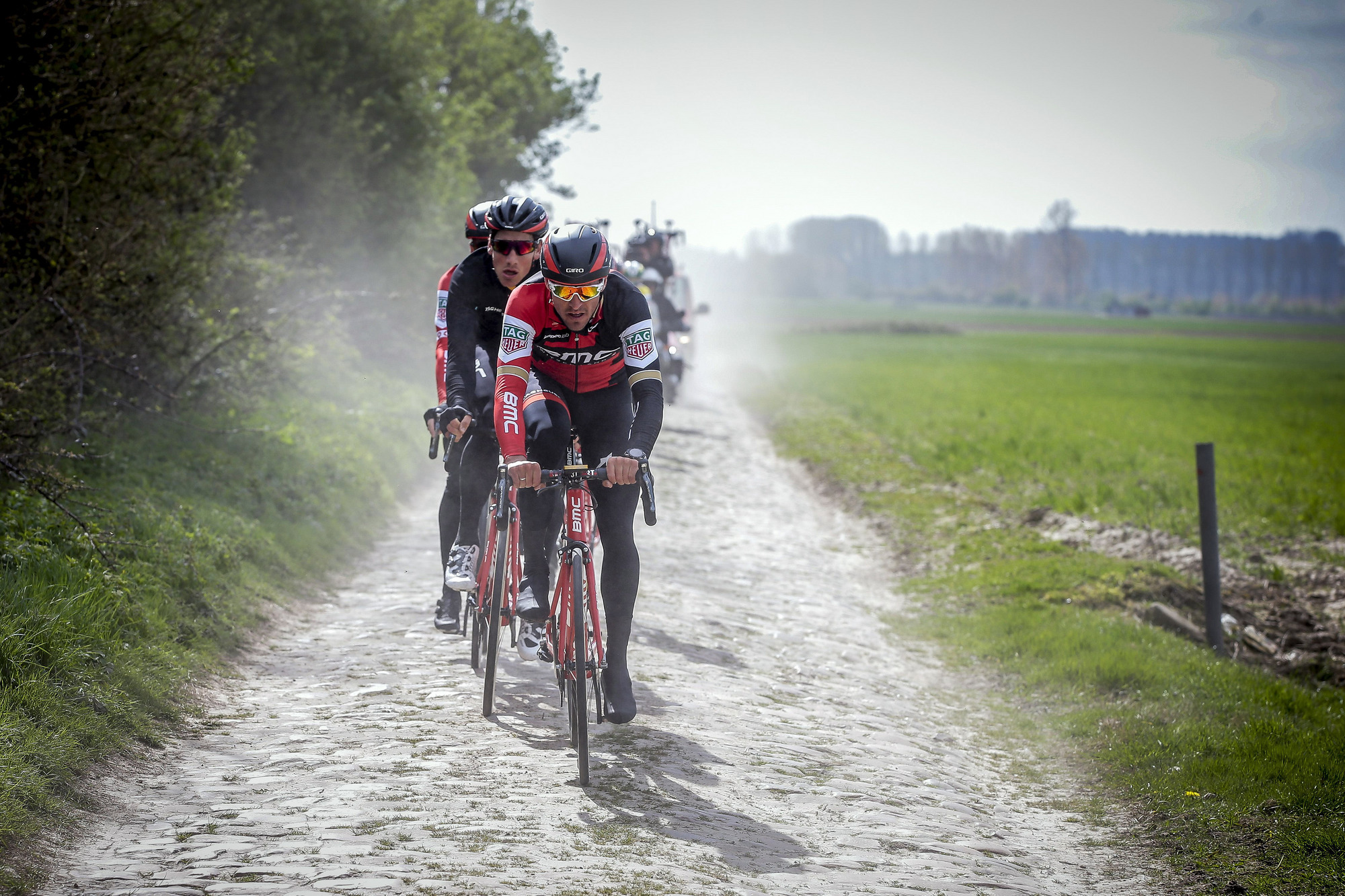
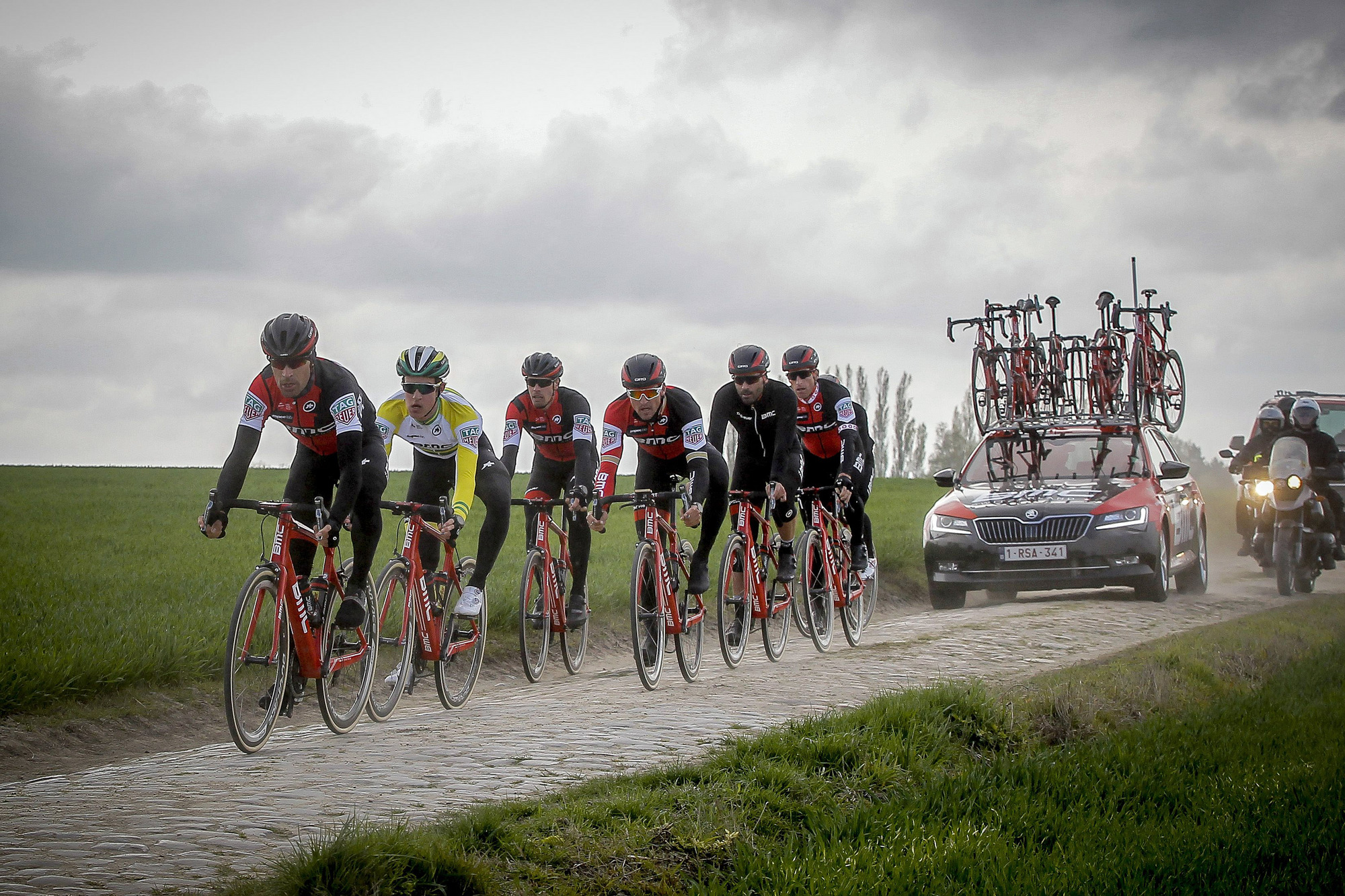
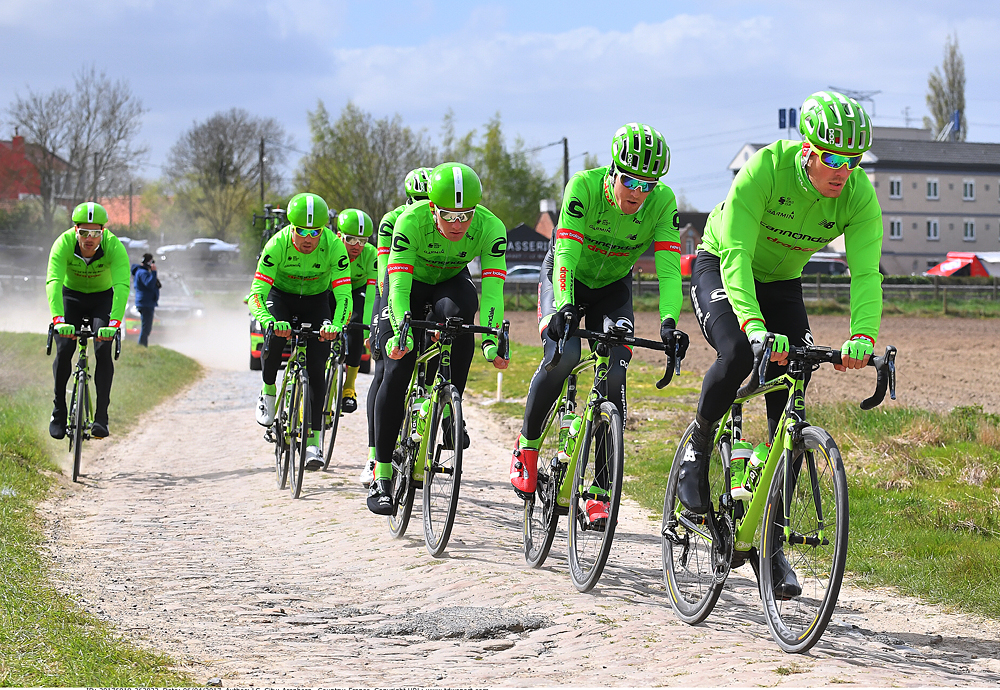
Thursday is an important day in the countdown to Paris-Roubaix, with many teams carrying out a final reconnaissance ride of the key sectors of the pavé.
Some riders know the race route by heart after years of experience and other teams have made trips to test equipment during the winter. However a final reconnaissance ride is vital to understand the conditions riders will face on race day and so decide final tyre choices and tyre pressures. A final look at the pavé reminds everyone just how harsh they are, it hardens the muscles one last time to the impact of the rough surface and offers a chance to study the best line on the crown of the road or in the more risky slither of dirt at the edge of the cobbles.
Today's ride confirmed that this year's Paris-Roubaix is set to be a dry race, with every part of the unpaved sections dry and dusty rather than wet and muddy. It will make for a fast race, with bike handling skills and positioning as important as ever.
Cyclingnews spotted several teams out on the race route including Peter Sagan's Bora-hansgrohe squad, FDJ – who stopped to pose for a photo at the monument remembering team manager Marc Madiot's two victories, Cannondale-Drapac, Lotto Soudal, Orica-Scott, Dimension Data, Trek-Segafredo, Wanty-Groupe Gobert and Fortuneo-Vital Concept. BMC opted to study the cobbles on Wednesday, while most of the rivals were in action at Scheldeprijs. Quick-Step Floors will have a final look on Friday before travelling to Compiegne for the start on Sunday.
Most teams started their recon ride in Denain, just before the Forest of Arenberg sector of pavé, covering the final 100km of the race route and seeing the final 20 of the 29 sectors of pave in this year's 257km route.
Trek-Segafredo rode on towards the Roubaix velodrome but most teams ended their ride after the Carrefour de l'Arbre sector, with team buses parked at the exposed road junction, allowing riders to take a shower and debrief with directeur sportifs and mechanics before returning to their hotels.
Not surprisingly, die-hard cycling fans also hang out along the Carrefour de l'Arbre cobbles and wait at the end near the L'Arbre restaurant for a chance to secure a team bidon, an autograph or simply see the riders and soak up the pre-race atmosphere that Paris-Roubaix evokes. A few fans enjoyed lunch in the restaurant but most stood by the roadside or sheltered from the northern wind behind the team buses.
Get The Leadout Newsletter
The latest race content, interviews, features, reviews and expert buying guides, direct to your inbox!
Johan Museeuw got a cheer as he rode by, as do the young American riders who will compete in the Junior race on Sunday morning. The biggest cheers and excitement is reserved for the professional riders, with fans trying to identify them and put a name to a face and riding style.
Huge tractors pass by as they returned from sowing the fields, amused by the sudden mass of cars, fans and cyclists. Every year, for just a few days in the spring, the area comes alive as cycling makes an annual pilgrimage to the pave. On Saturday the many sportif riders will emulate the professional riders who will race on the pavé on Sunday.
The secrets of the Carrefour de l'Arbre
The Carrefour de l'Arbre sector is number 4 in the 29-sector countdown to the Roubaix velodrome. It is often the most decisive sector of the race, with its rough surface, tight turns and exposure to the wind making it ideal for final attacks. It is neither the longest nor the most technical of the three five-star classed in this year's route but it is the last one, coming after 240km of racing, and so often the most important.
It was first covered in 1958 and in has been raced in the current direction since 1961. Legend has it that the rider who leads under the banner signaling the end of the Carrefour de l'Arbre is the rider who will go on to win in the Roubaix velodrome.
The area is rich in history of famous battles; from that of French king Philippe Auguste's defeat of a German, English and Flemish coalition, to the two world wars that have left concrete pill boxes and military cemetery dotted across the exposed fields.
The Carrefour de l'Arbre has inspired some of the most famous attacks at Paris-Roubaix, with two-time champion Marc Madiot, making his moves there when he won in 1985 and 1991.
"It's the last place to see who has got the best legs for the win. If you aren't shaken off here, you're unlikely to be shaken off afterwards… unless you're not smart enough," Madiot said in an interview published on the official race website.
Francesco Moser and Tom Boonen have used the Carrefour de l'Arbre as a springboard to their victories. But it has also ended some riders' dreams. Thor Hushovd crashed in the Carrefour de l'Arbre on a late corner, allowing Boonen to power on alone and win.
The Carrefour de l'Arbre can be decisive but it can also be very cruel.

Stephen is one of the most experienced member of the Cyclingnews team, having reported on professional cycling since 1994. He has been Head of News at Cyclingnews since 2022, before which he held the position of European editor since 2012 and previously worked for Reuters, Shift Active Media, and CyclingWeekly, among other publications.